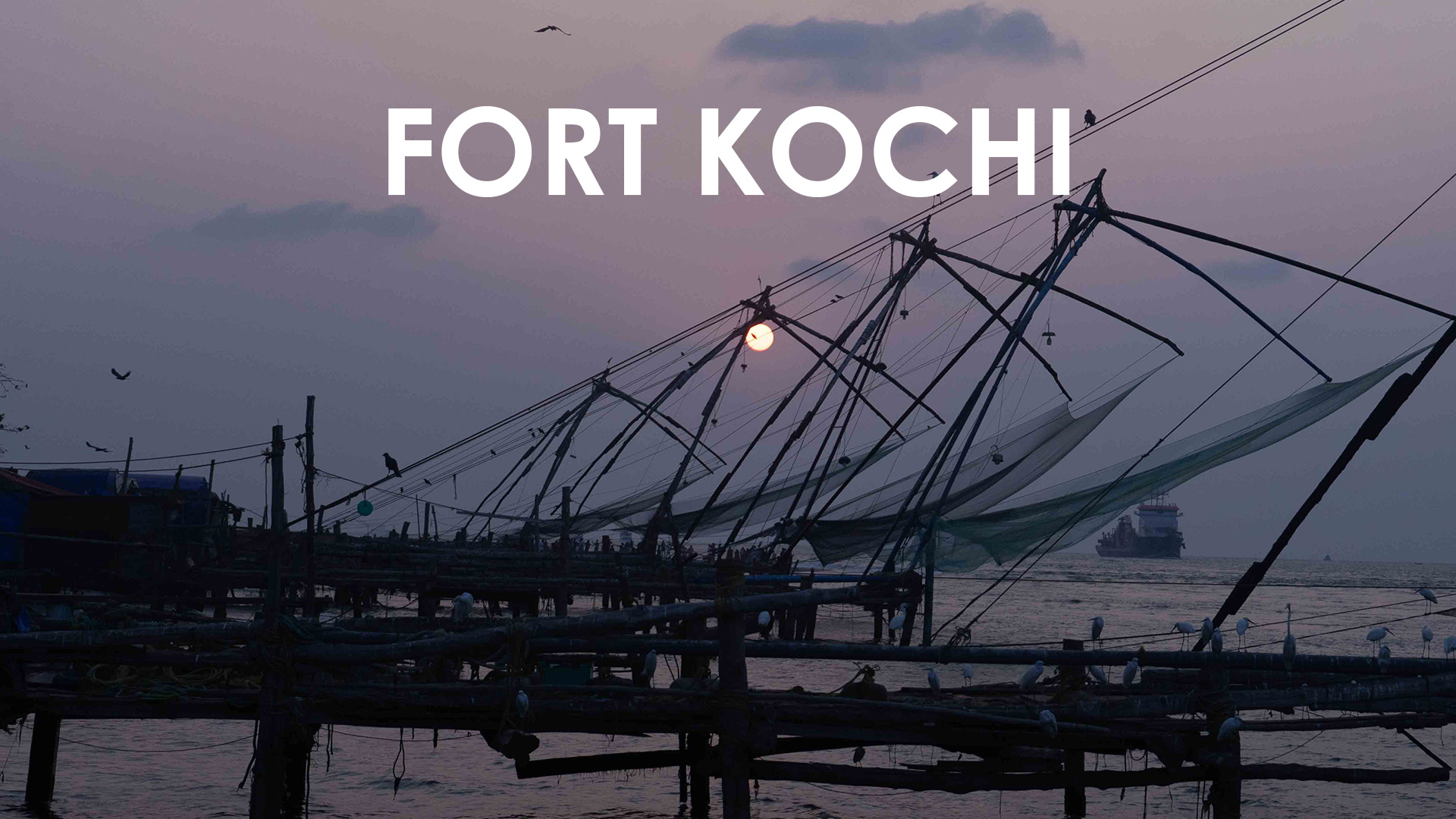
The Queen of the Arabian Sea : Kochi
Fort Kochi is a beautiful place that feels like stepping back in time. It’s on the western side of the city of Kochi in Kerala, and it’s famous for being a melting pot of cultures due to its long history as a major trading port. The area has a unique blend of Portuguese, Dutch, and British influences, which you can see in the colonial architecture that lines the streets.
Fort Kochi wasn’t always a big deal. It was just a quiet fishing village until a massive flood in 1341 changed everything by creating a natural harbor. Suddenly, it became a super important port for the spice trade. This brought in traders from all over—the Arabs, the Chinese, and eventually, the Europeans.
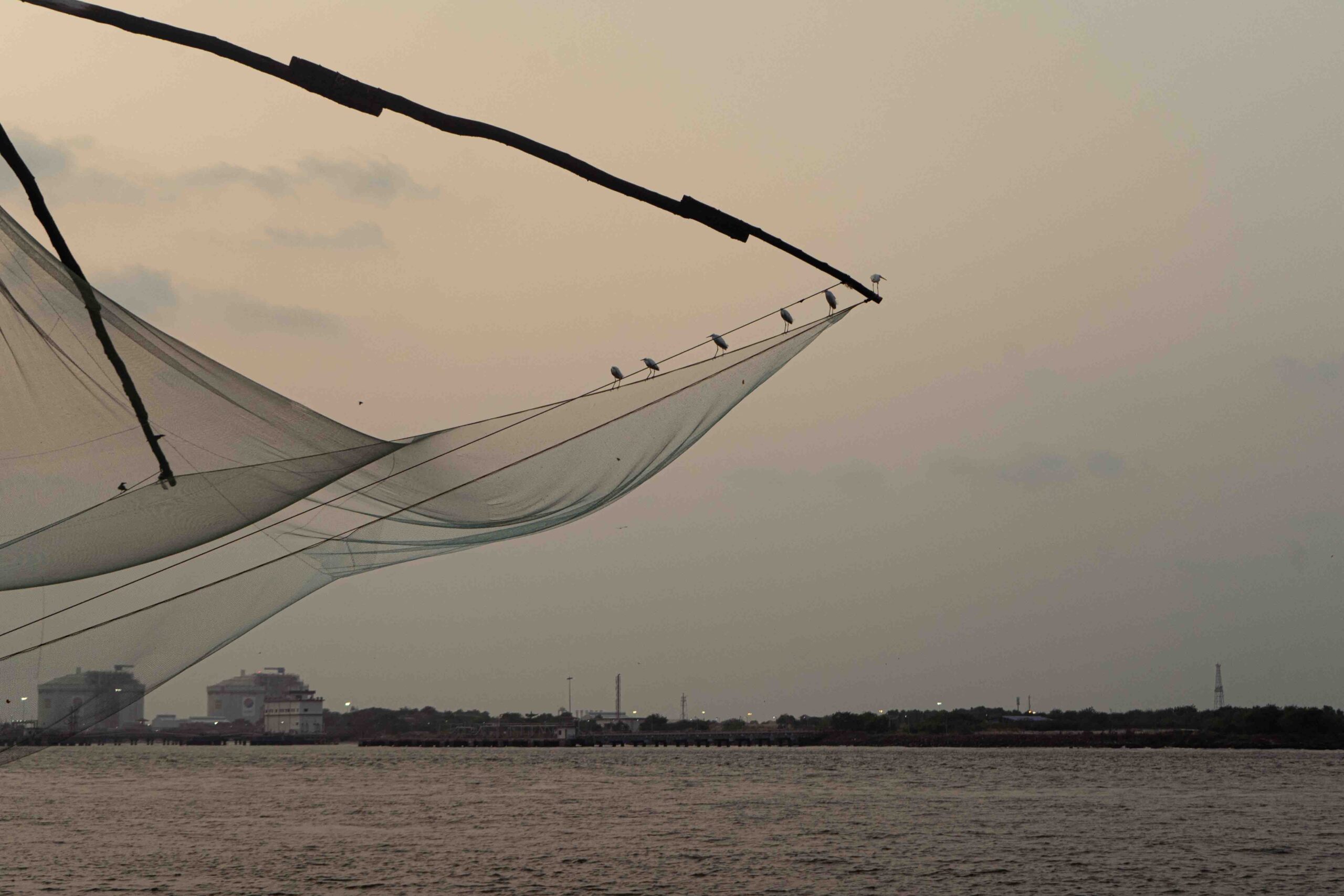
What I See and Do
It was a beautiful evening, and I found myself walking along the coastline of Fort Kochi. The air was calm, and I could feel a gentle sea breeze. As I strolled along the path, I saw people around me just enjoying the moment. There was a sense of peace and happiness as they took in the amazing view. I watched ships passing by in the distance, their lights twinkling on the horizon, while the sky turned into a canvas of soft colors.
My walk eventually led me to the famous Chinese fishing nets. These massive, wooden structures with their giant nets looked so incredible against the fading light. As I got closer, I saw the fishermen working, and I felt a pull to get a better look. I approached them and, with a friendly gesture, they invited me to step onto the platform and join them. It was such an amazing and unexpected experience to be right there in the middle of it all.
I took part in the process, helping them with the ropes and counterweights. Every time we lowered the net into the sea and brought it back up, there were fresh fish glistening in the catch. The air above the net was filled with the sight of cranes, swooping down to grab a share of the fish. It was a perfect harmony of nature and human effort. I saw other travelers from around the world on the same platform, all sharing the same sense of awe and excitement.
When it was time to leave, I thanked the fishermen and handed them one hundred rupees. It was a small gesture for such a memorable moment. It’s something I’ll always remember about Fort Kochi: the kindness of the local people and how a simple act of sharing can create a memory that will last a lifetime. I realized that they will never ask for money, but the time you get to spend with them is priceless.
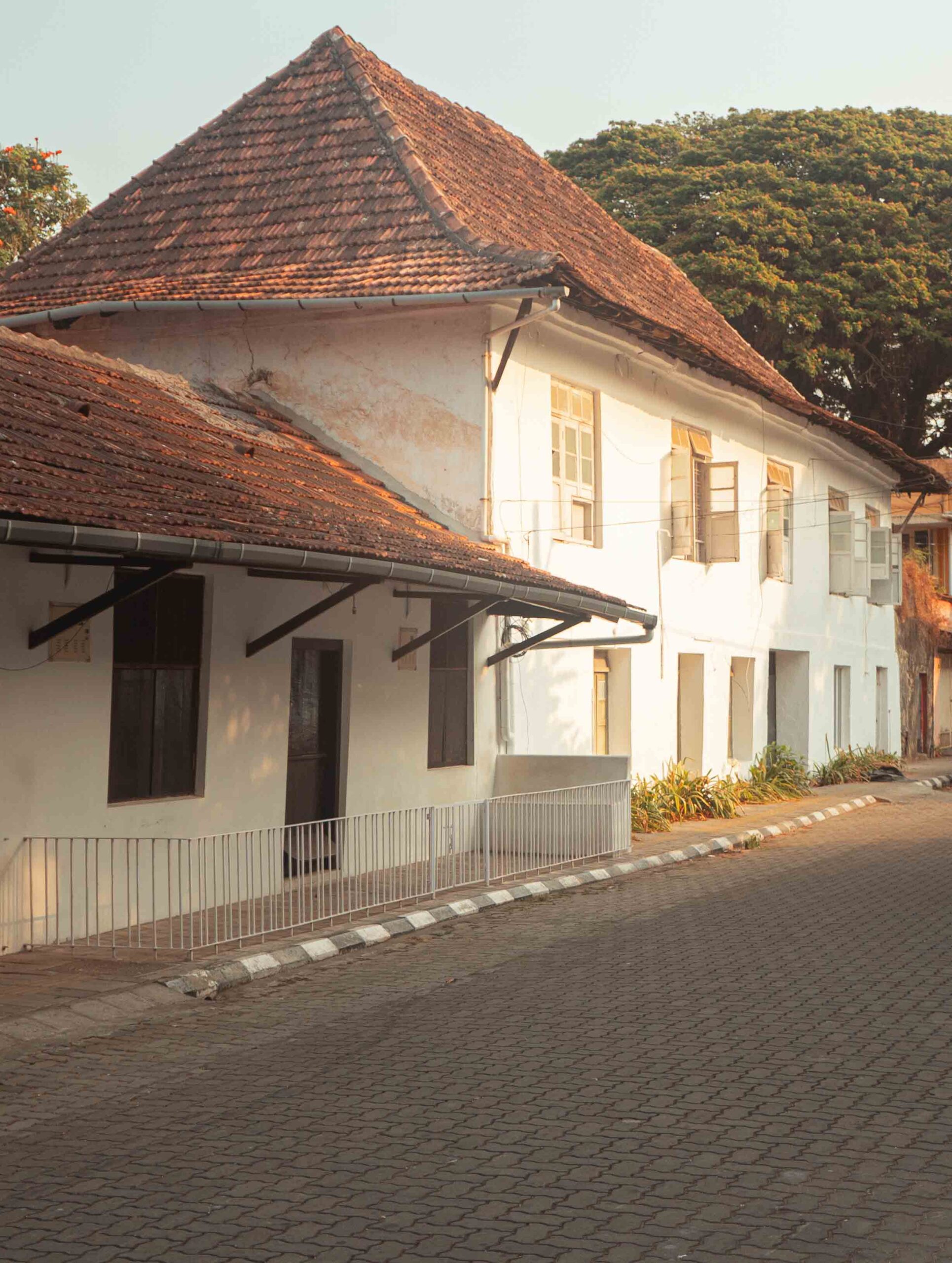
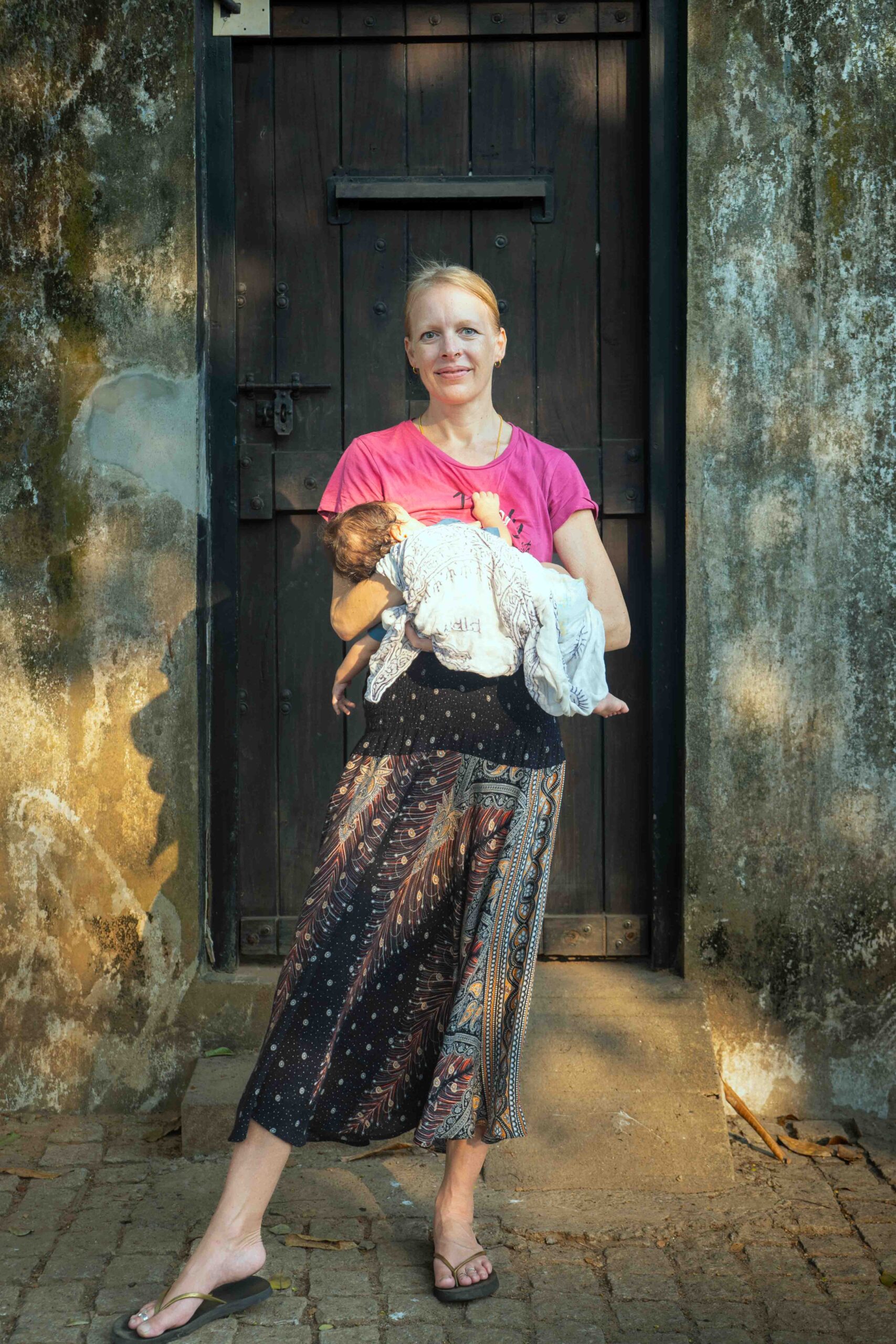
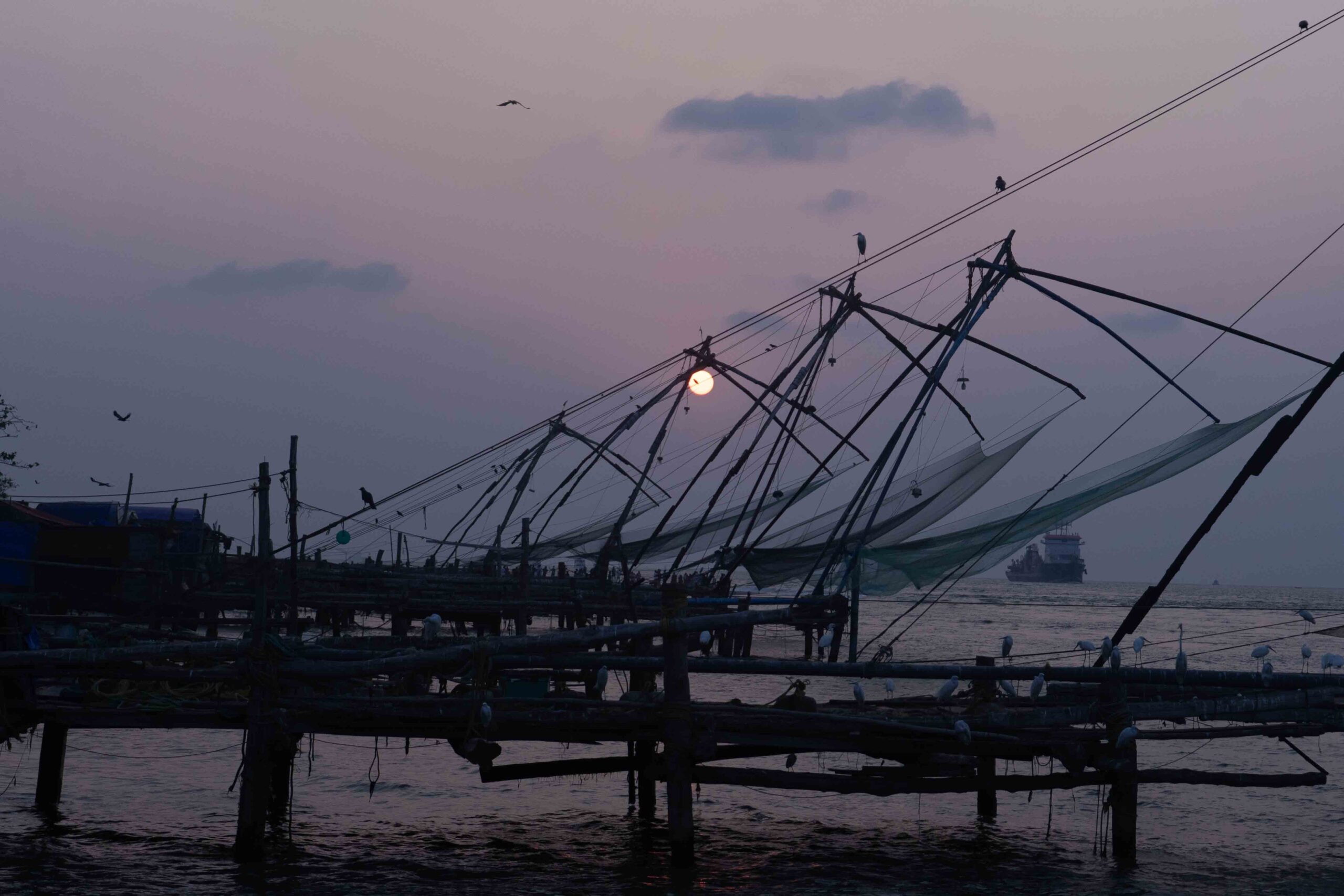
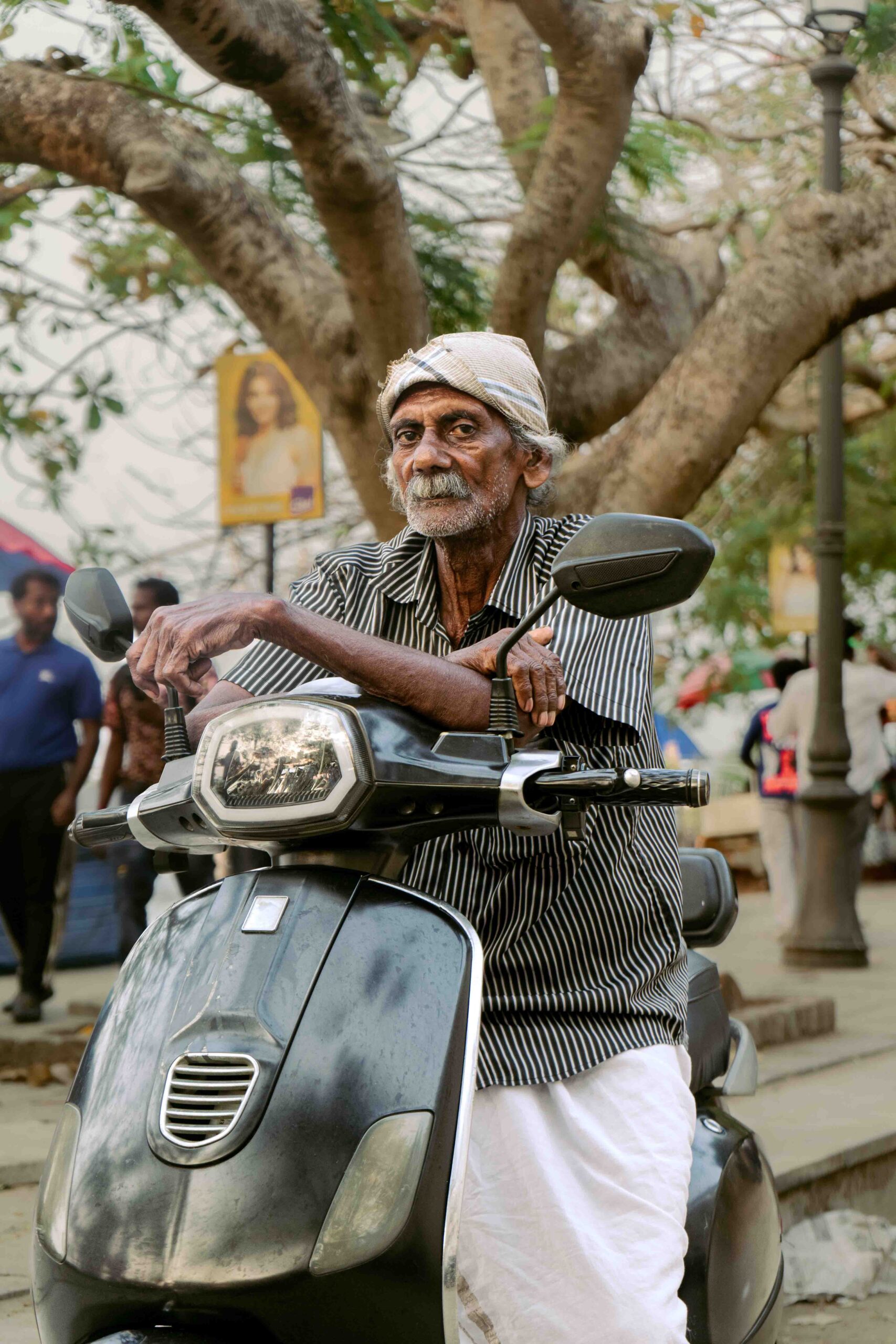
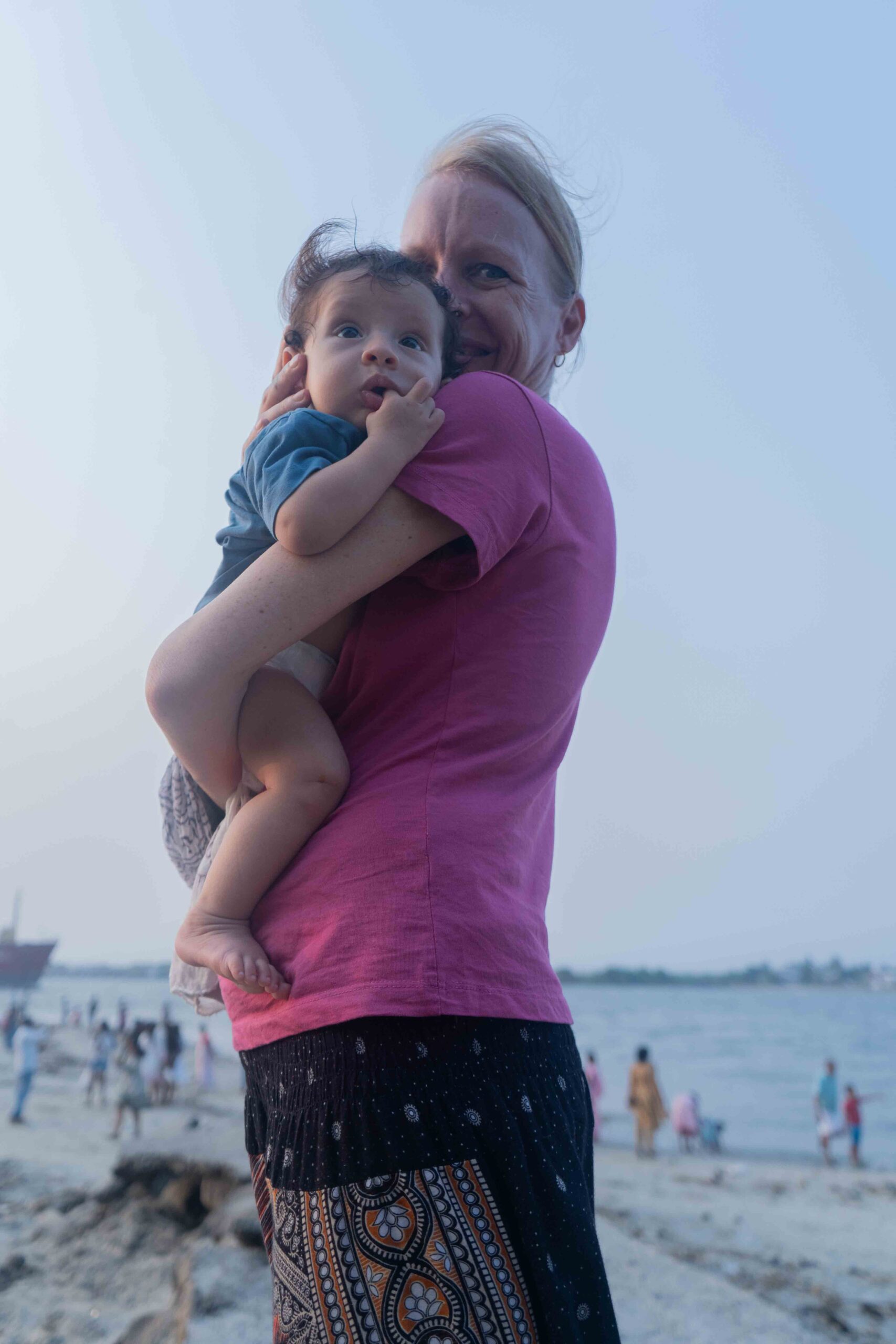
2.Jew Town: A Walk Through Color and Spice
My first destination the next morning was Jew Town, a place so famous I knew I couldn’t miss it. As I started my walk down the street, I noticed a gradual change in the atmosphere. The colors became more vibrant, and the air filled with a sense of history.
It was a small, narrow path, but it was bustling with travelers and tourists from all over the world. On both sides of the street, there were countless craft shops filled with the most amazing and unique items. Every shop was a treasure trove of antiques and handmade goods, each piece telling its own story. It felt like my mind was being called to so many different things, and it was hard not to want to buy everything I saw.
Amidst the crafts and trinkets, there was also an incredible smell. The scent of spices—cardamom, cloves, and cinnamon—filled the air from the spice shops that were tucked between the antique stores. It was an aromatic journey that was as captivating as the sights.
My attention was drawn to a beautiful bench with a cluster of bright pink paper flowers growing above the entrance. It was a perfect composition of color and architecture, with the vibrant flowers contrasting against the aged walls. I spent a moment just admiring the mix of old and new, the colonial-era architecture blending with the colorful local life.
Walking through Jew Town wasn’t just about sightseeing; it was an experience. It felt like I was part of a living museum, where every building and every shop had a story to tell.
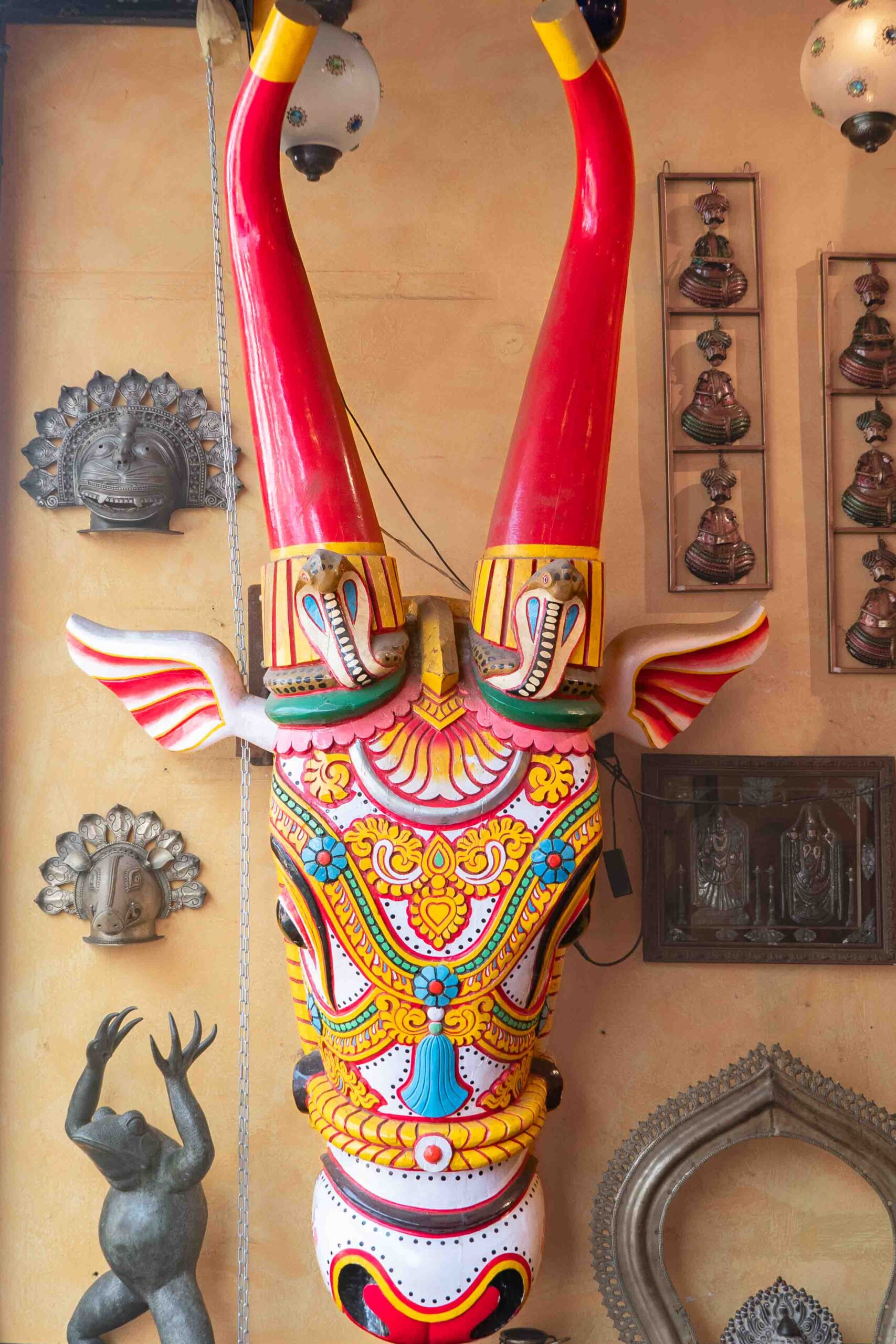
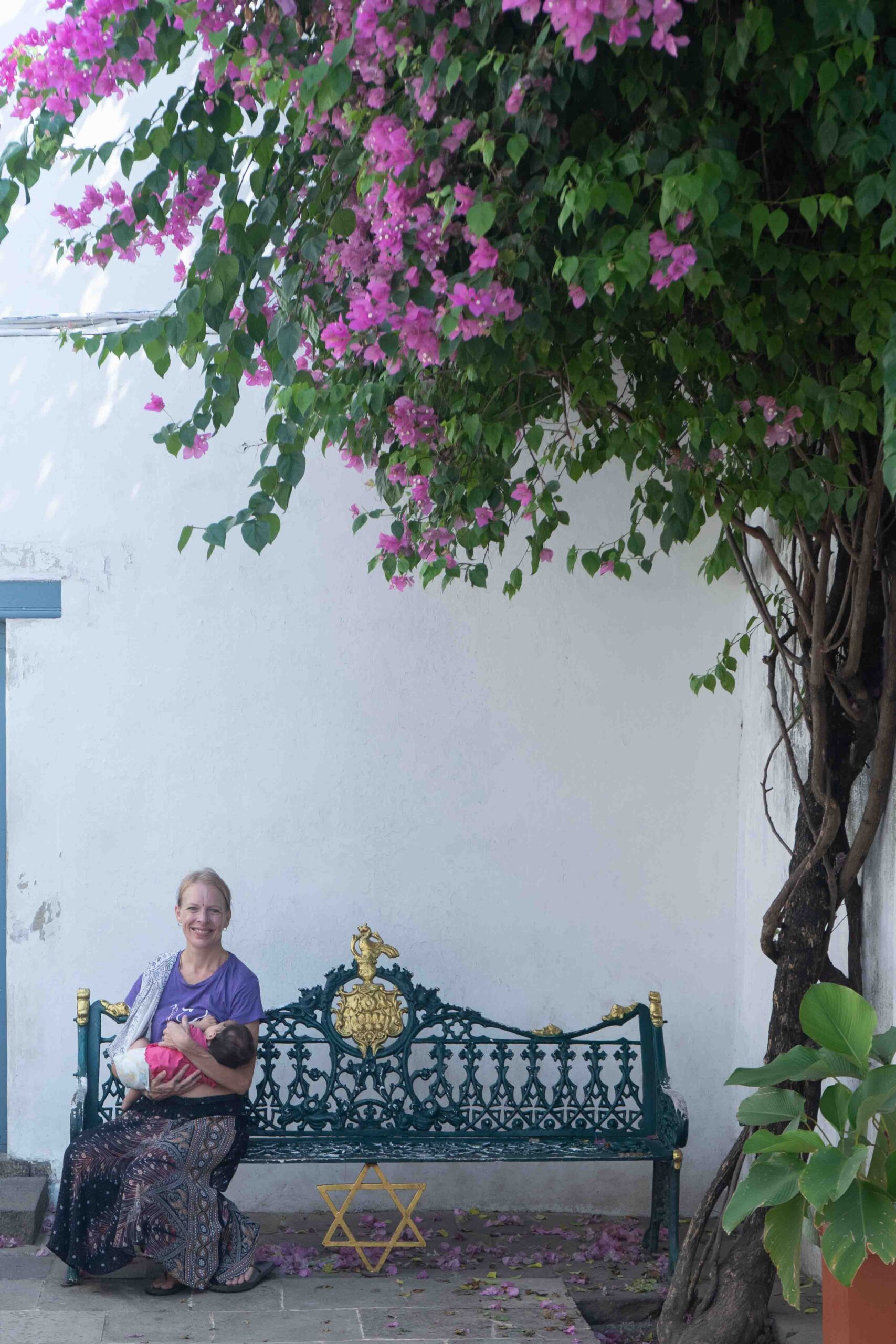
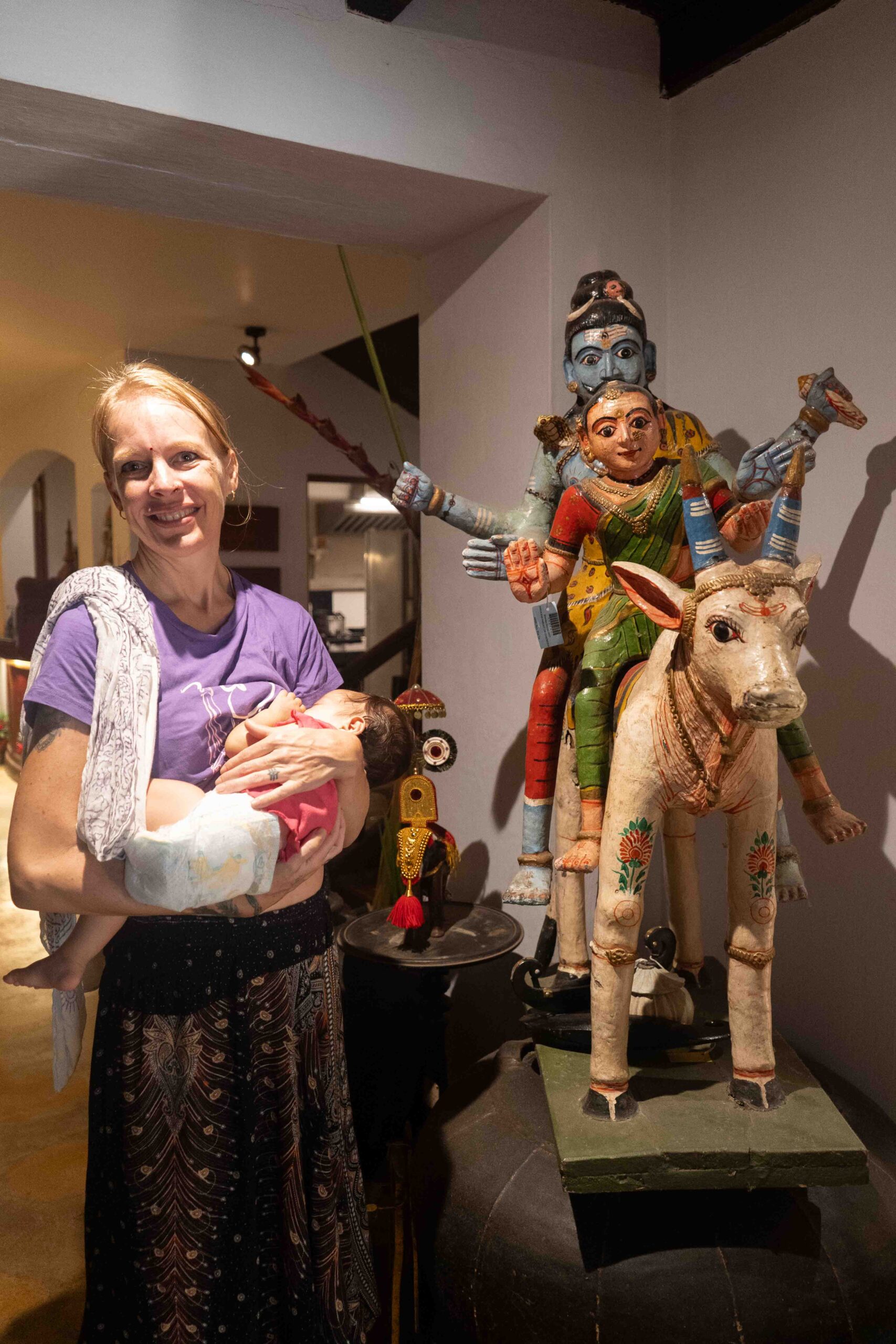
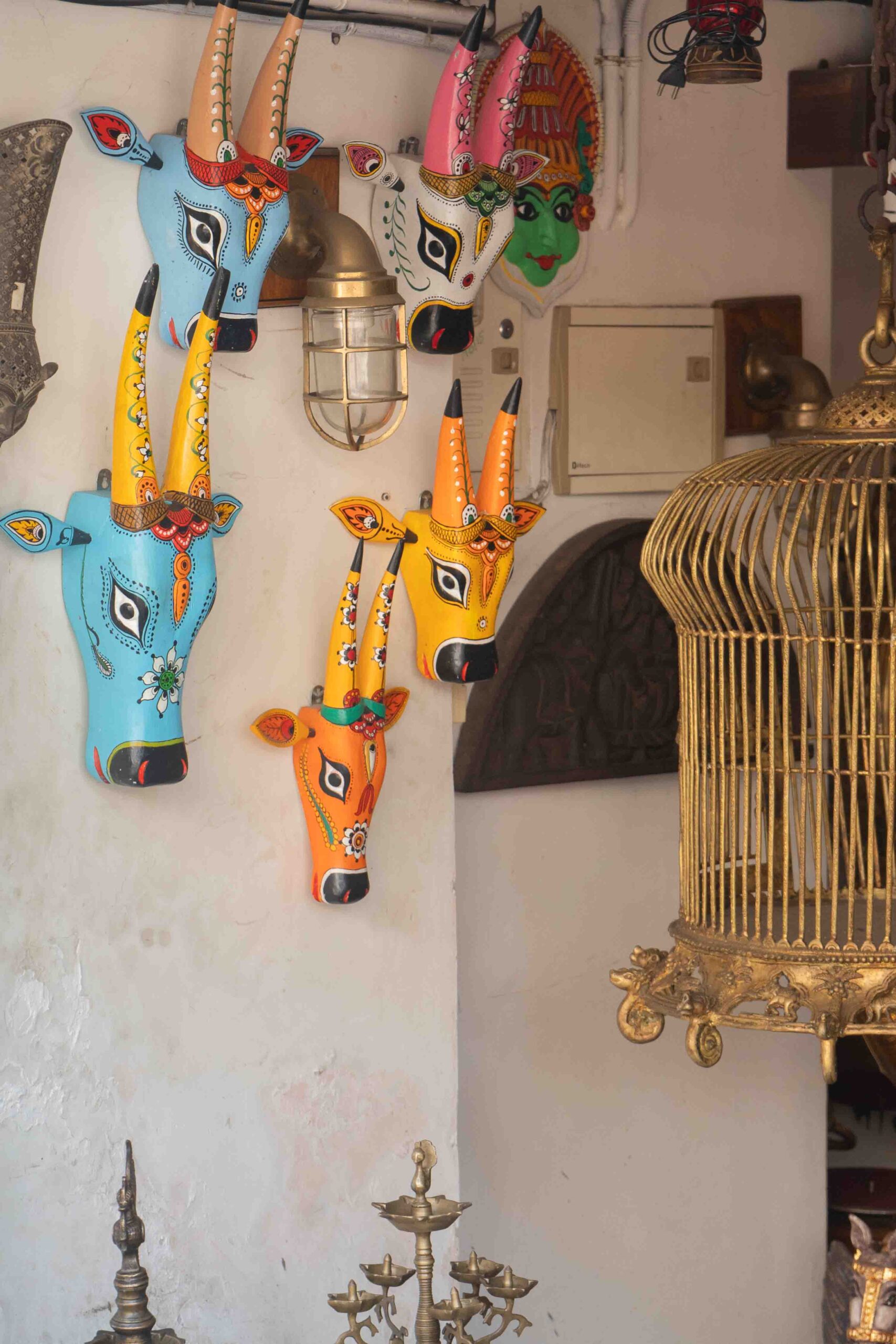
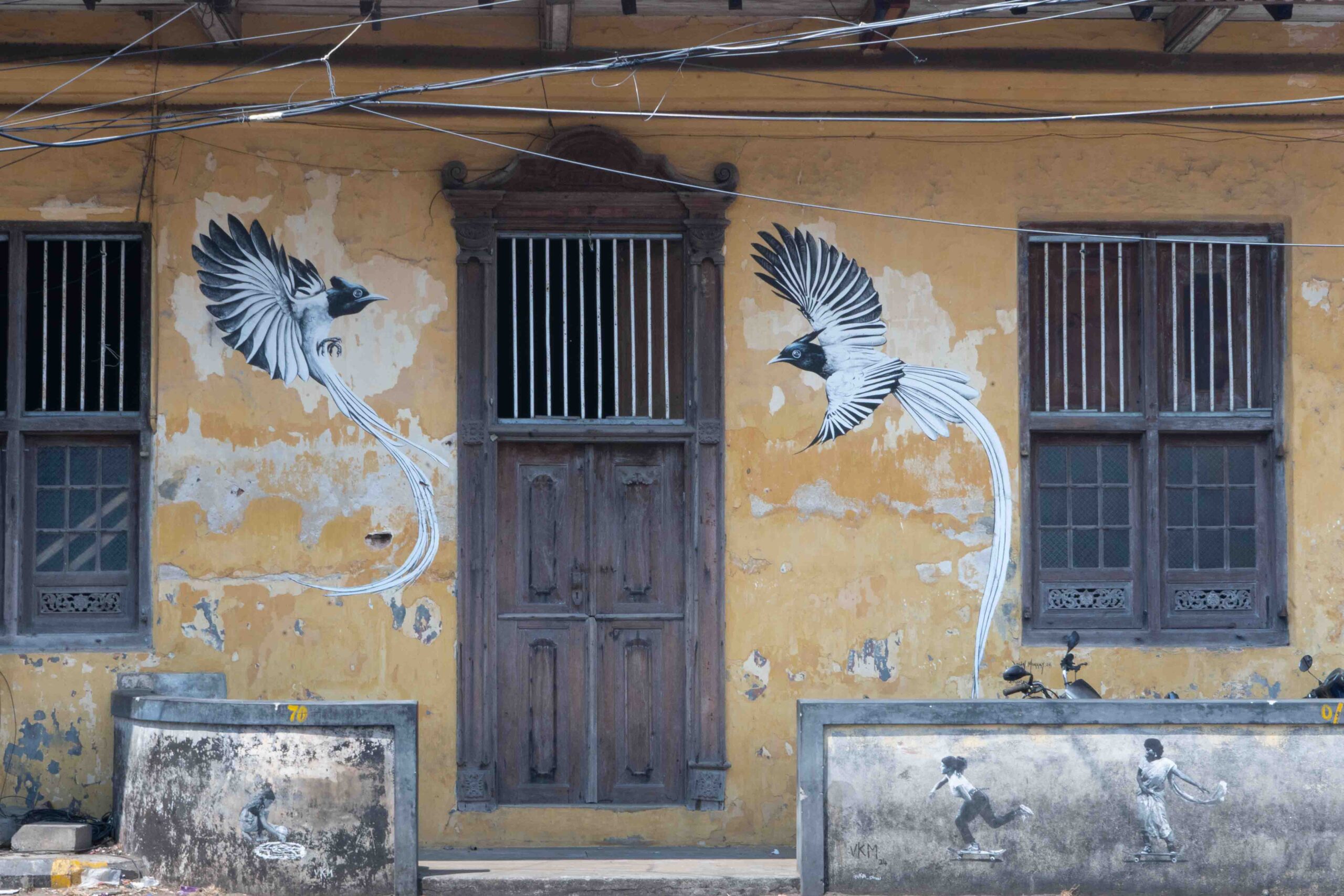
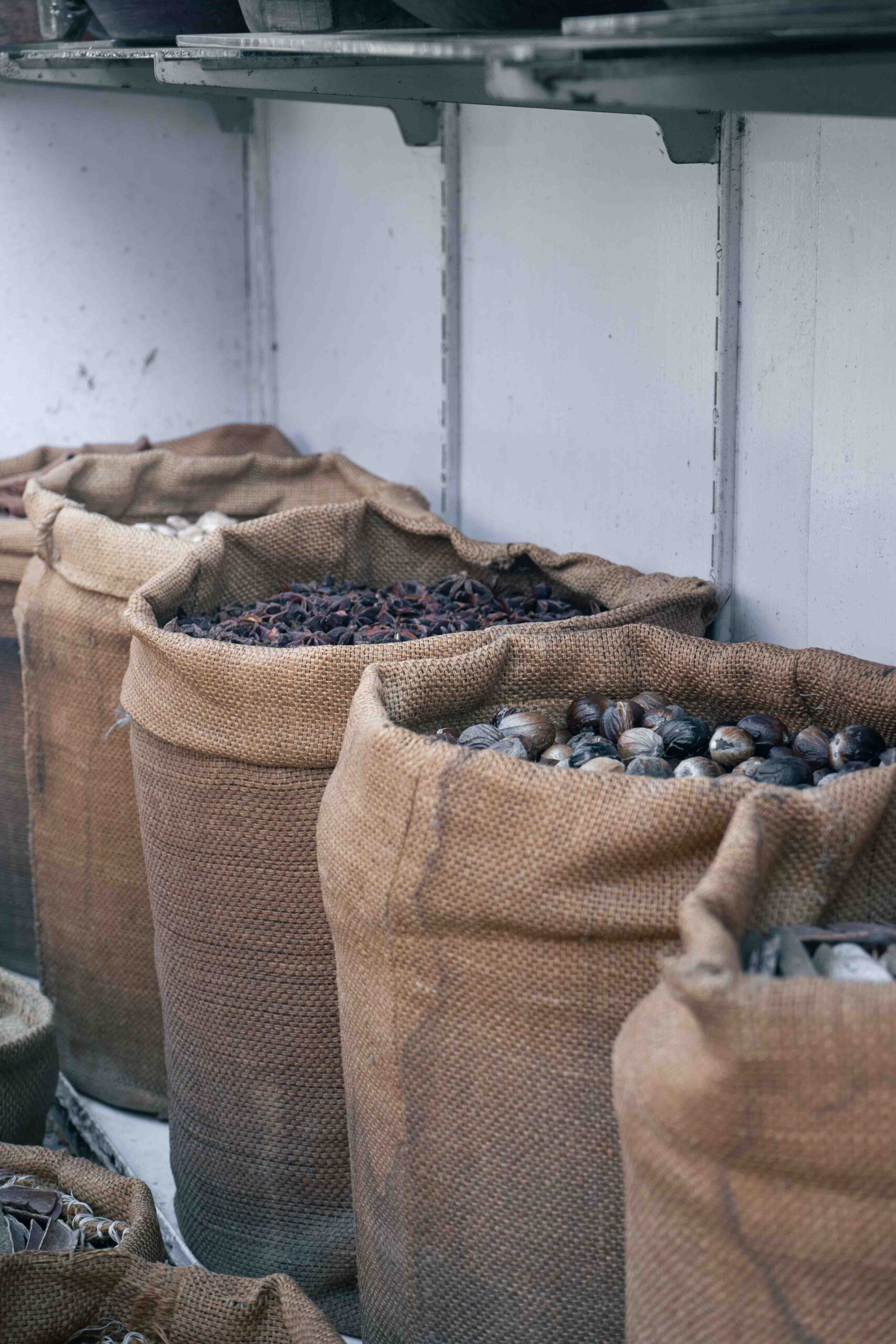
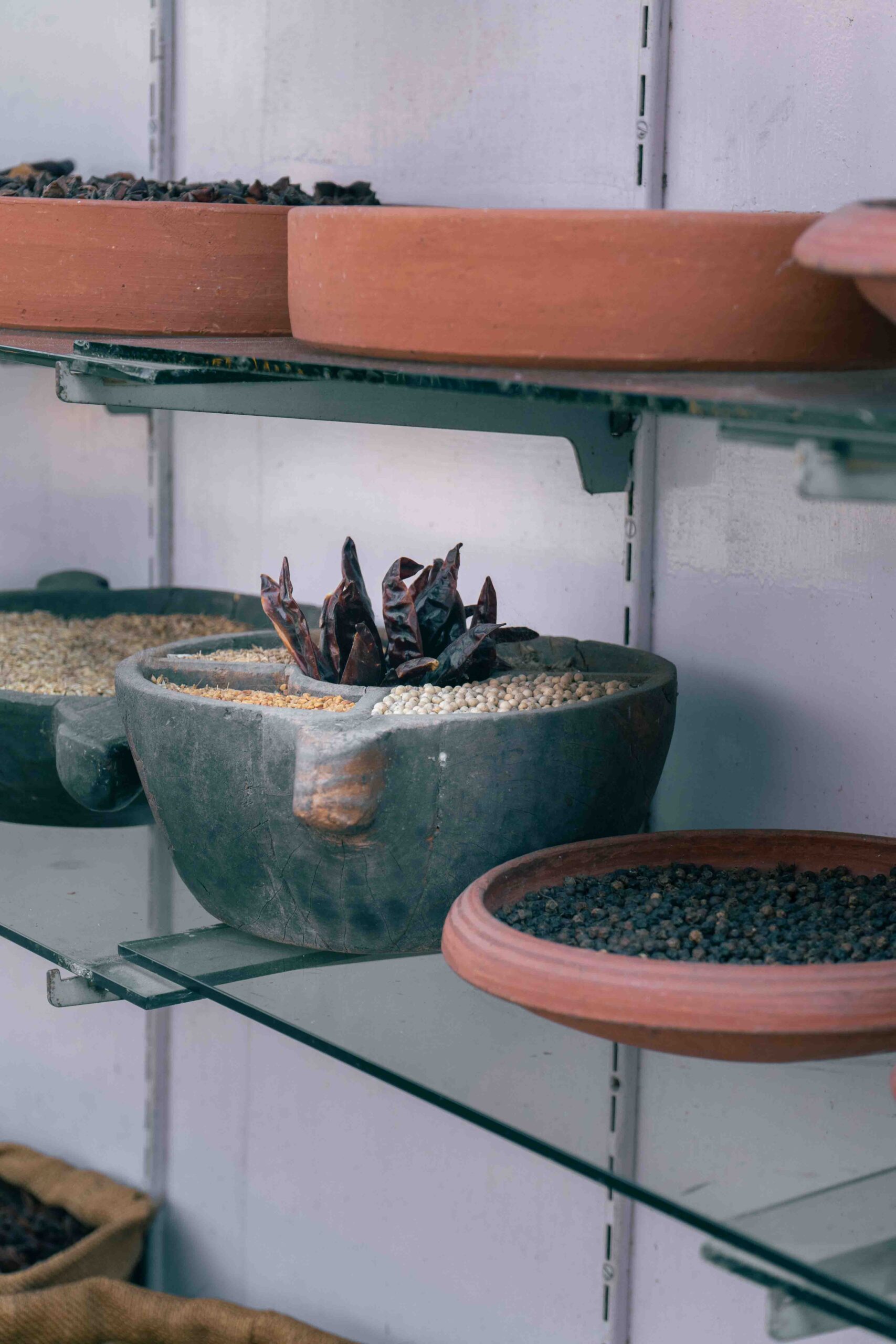
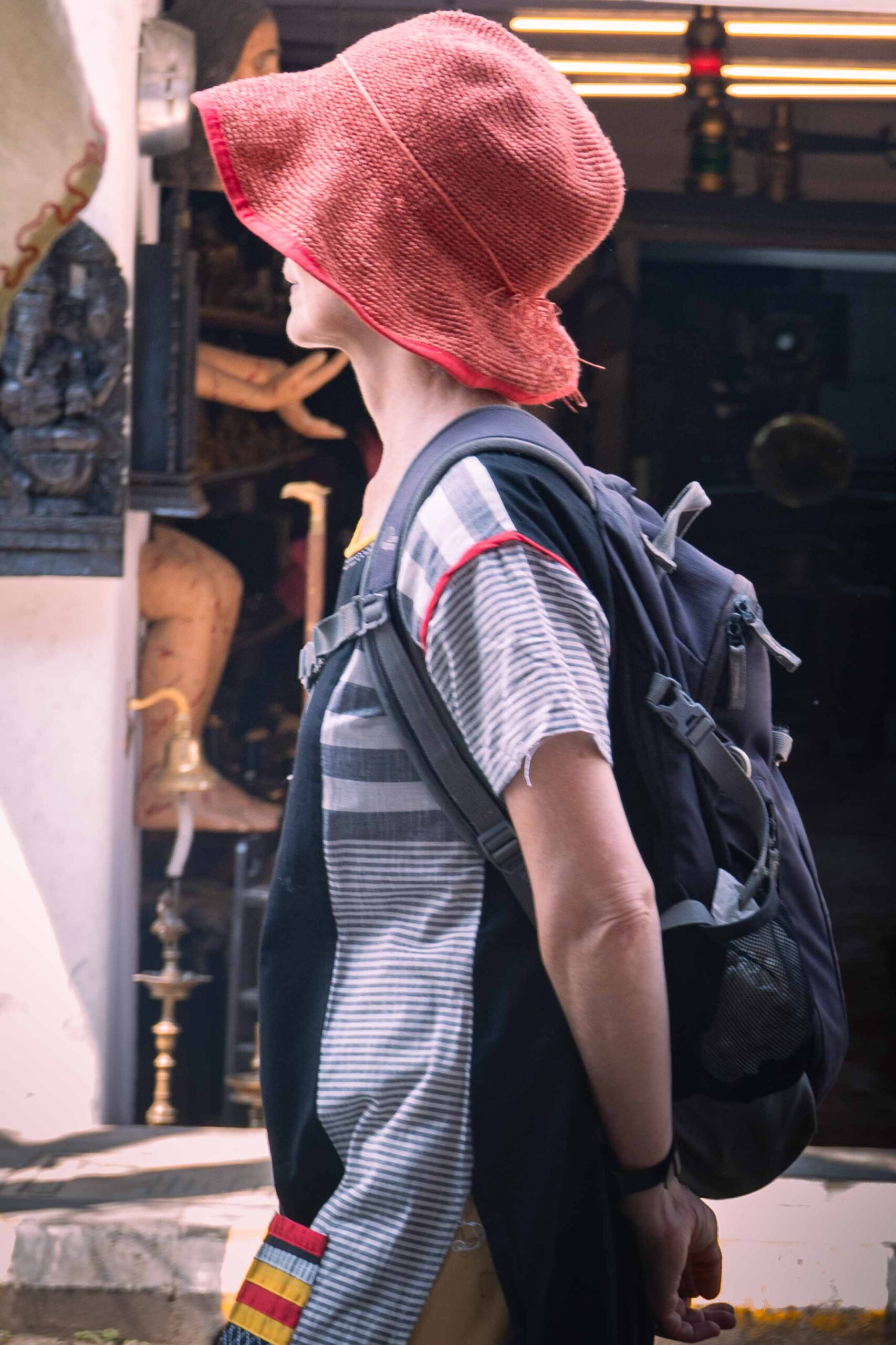
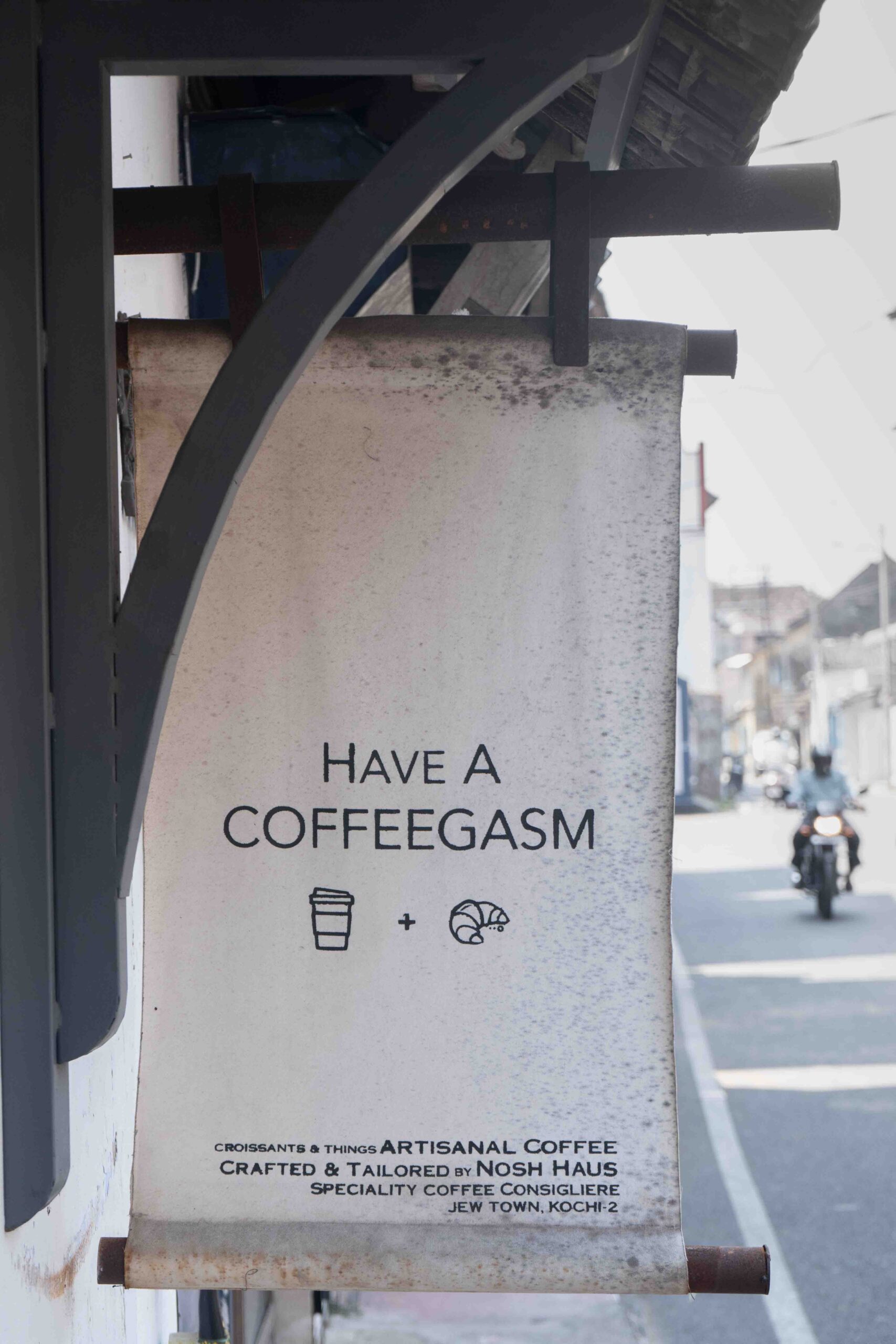
3.A Quiet Visit to Santa Cruz Basilica
As I stood in front of the Santa Cruz Basilica, a sense of peace and harmony washed over me. The grand facade of the church was breathtaking, and I was in awe of its massive size. As I approached the main entrance, I noticed a thoughtful detail: there were shawls available for women to cover their heads. It was a simple gesture that showed respect for the sacred space, and I appreciated the opportunity to be a part of it.
Stepping inside, I was struck by the pin-drop silence. Despite a few other people being there, the quiet was profound. It felt as though everyone was deeply connected to God in their own way, and the peacefulness was truly contagious. My eyes wandered over the beautiful sculptures and paintings, each one telling a story. I learned that this is not the original church. The first one was built by the Portuguese in the 16th century, but it was later destroyed by the British. The basilica that stands today was rebuilt in the late 19th century and is an exquisite example of Indo-Portuguese architecture.
As I was admiring the art, I had a delightful surprise: I ran into my friend Ankur from Mumbai, whom I had met at a restaurant the day before. It felt like such a small world to reconnect in this beautiful place. After walking around for a bit, I found a quiet spot and simply sat down in the silence. It was a moment of pure bliss, and I felt completely at ease. I truly believe that if anyone is coming to Fort Kochi, a visit to this basilica is an absolute must. It’s more than just a church; it’s a place to find inner peace.
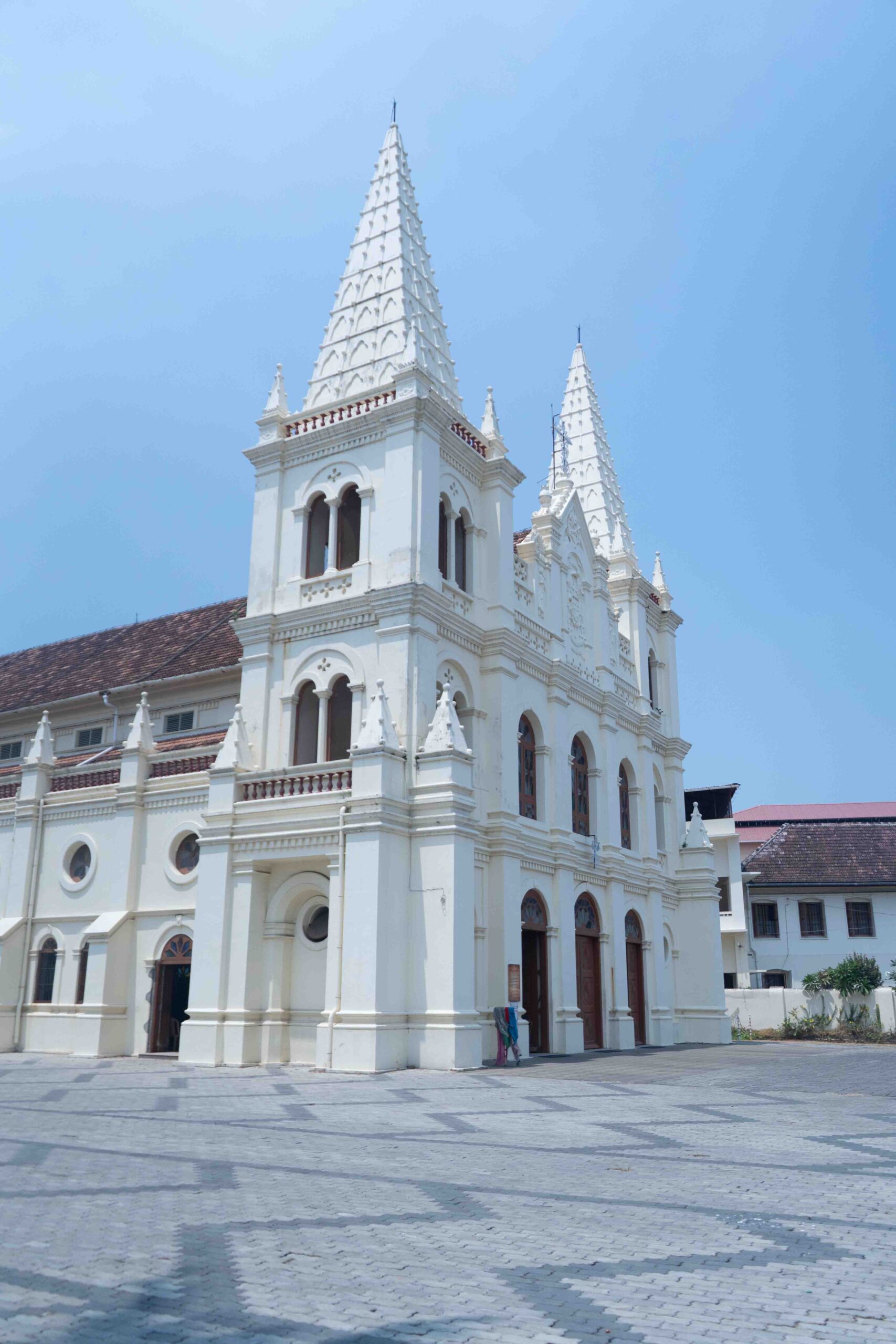
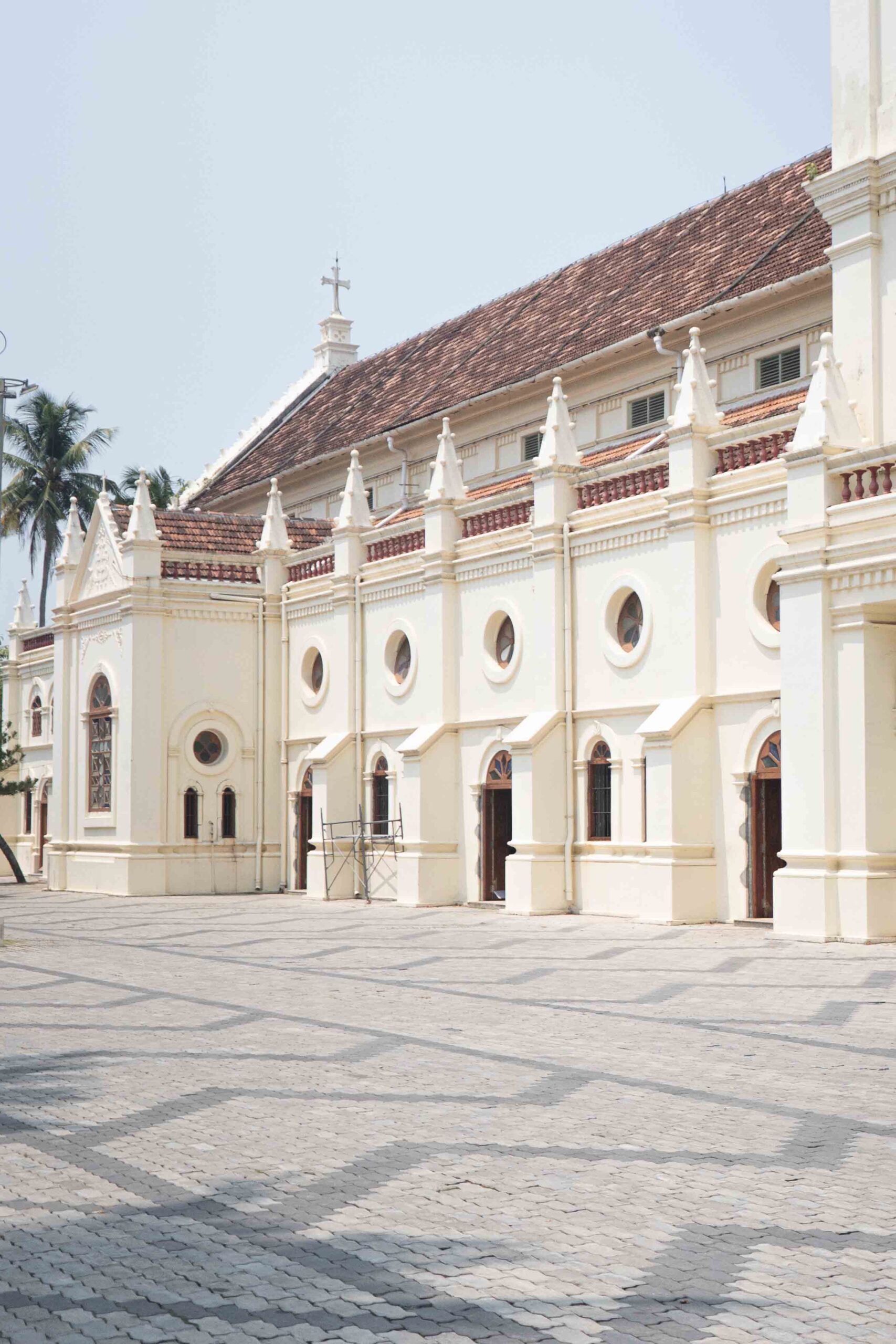
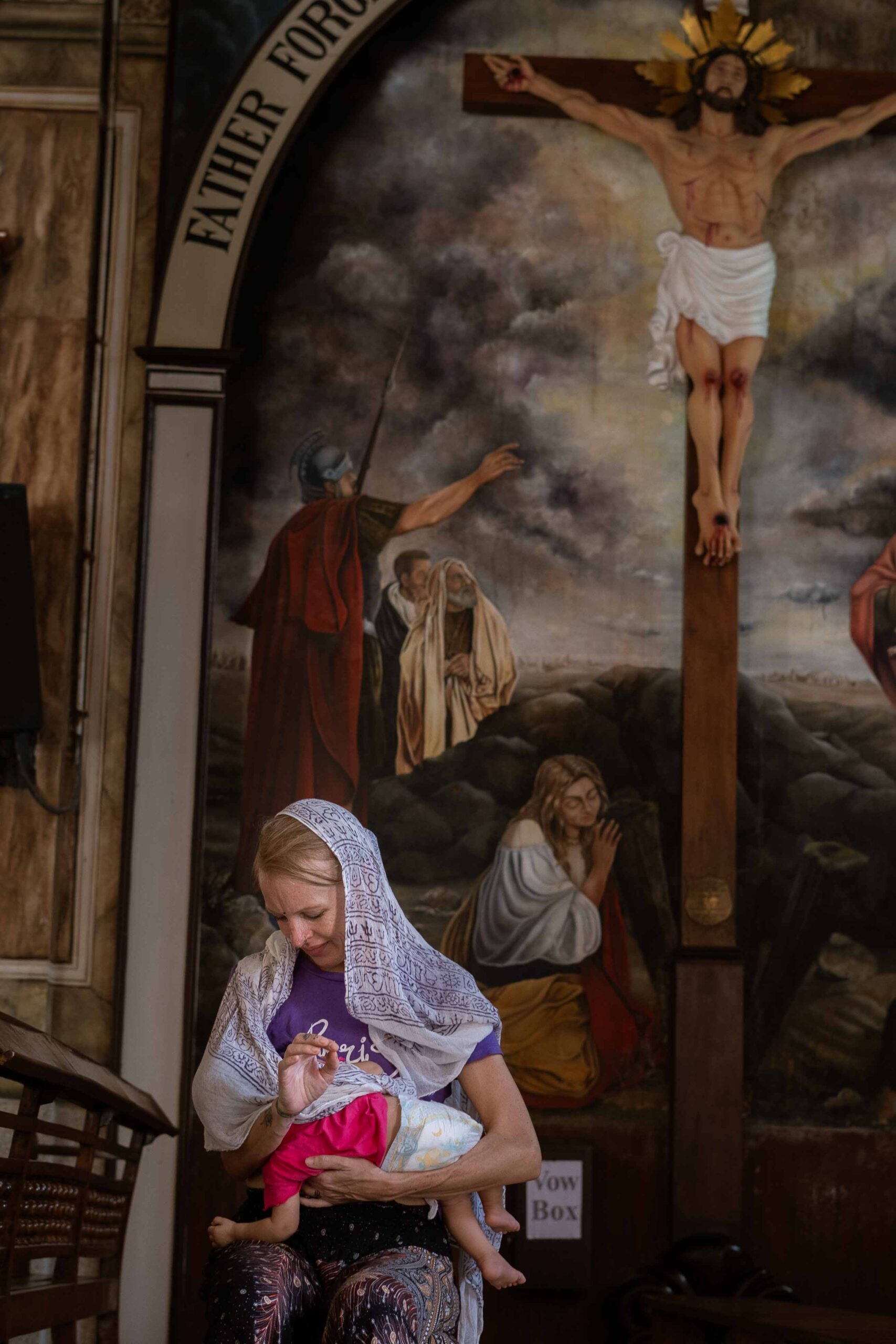
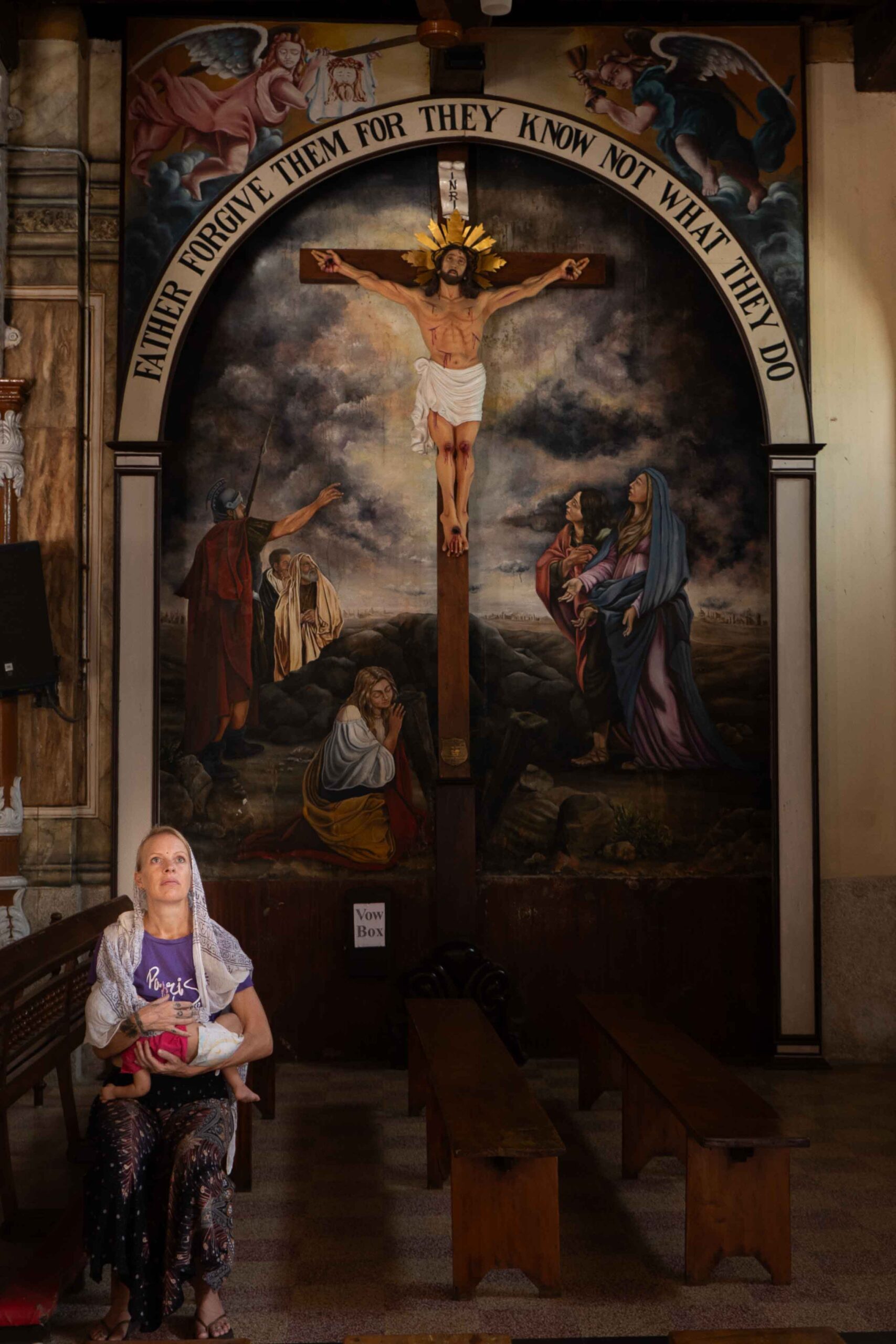
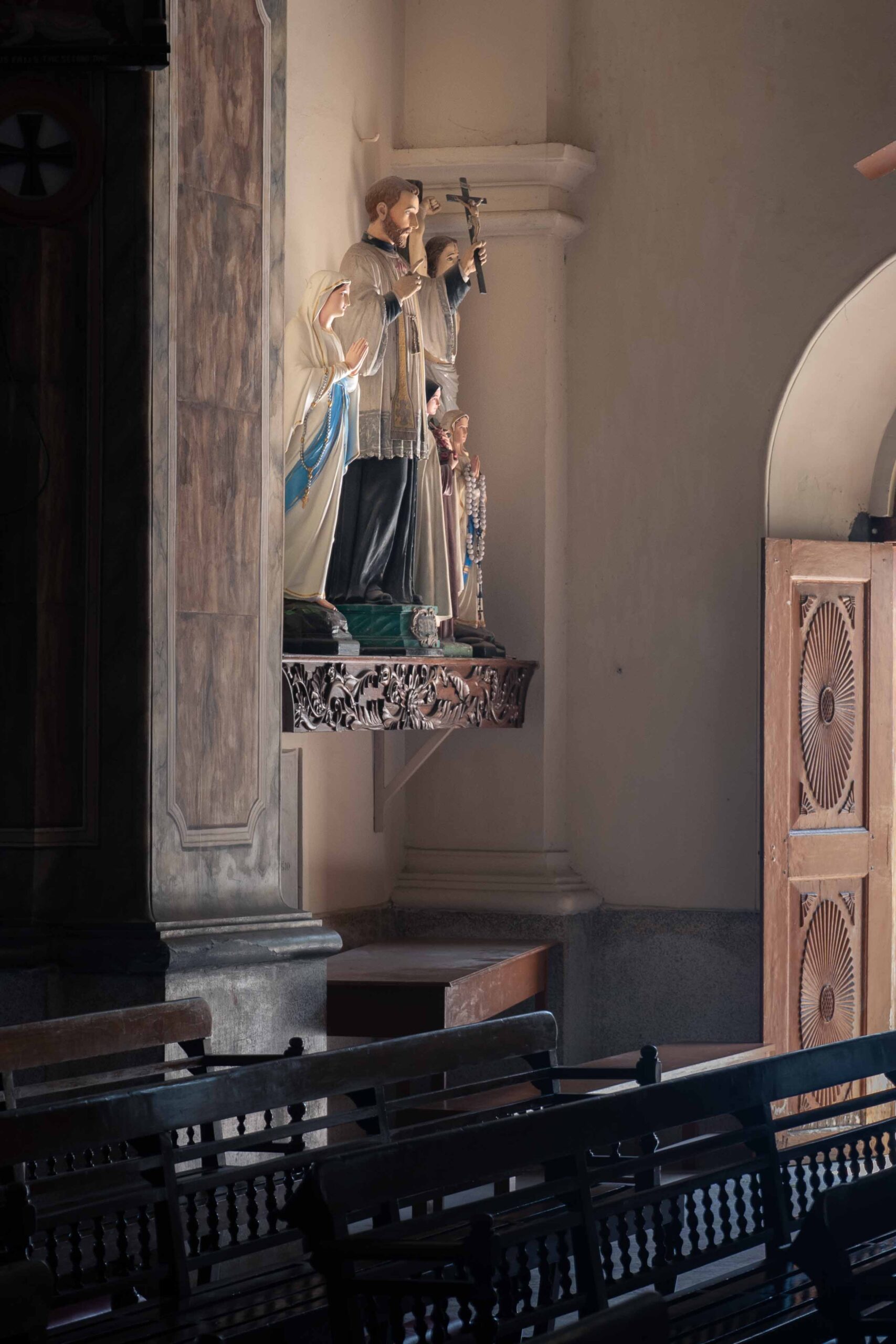
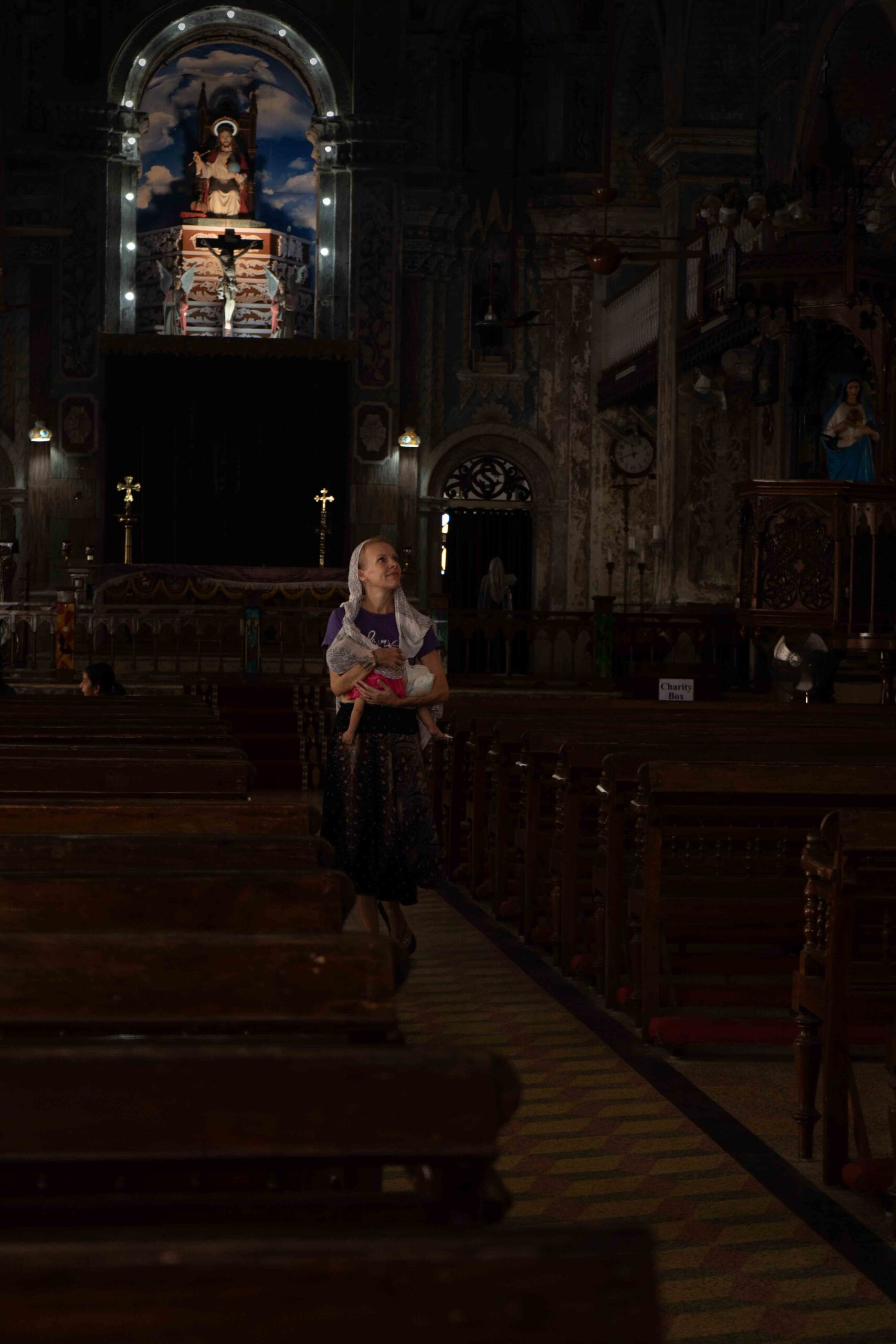
4. A Blend of History and Art at Mattancherry Palace
Mattancherry Palace was my next stop, and I was so excited to see it. It’s a place that tells a fascinating story, even though its name can be a bit confusing. It’s known as the “Dutch Palace,” but it was actually built by the Portuguese in the 16th century and later renovated by the Dutch.
As soon as I walked in, I understood why it was so special. The first thing I noticed was the incredible collection of murals. They covered almost every wall and told stories from Hindu epics like the Ramayana and the Mahabharata. The colors were still so vibrant and detailed, and it was amazing to see such ancient art up close.
Walking through the palace felt like walking through a living history book. I saw portraits of the Kochi kings and their families, along with old artifacts and maps. I could feel the blend of different cultures—the Portuguese architecture, the Dutch renovations, and the rich traditions of the local Kerala rulers all coming together in one place.
I spent a long time just looking at the art and trying to imagine what life was like for the royal family who lived there. It was a completely different experience than the basilica, but just as powerful in its own way. It was a place that was both peaceful and full of life, and a must-visit for anyone who loves history and art.
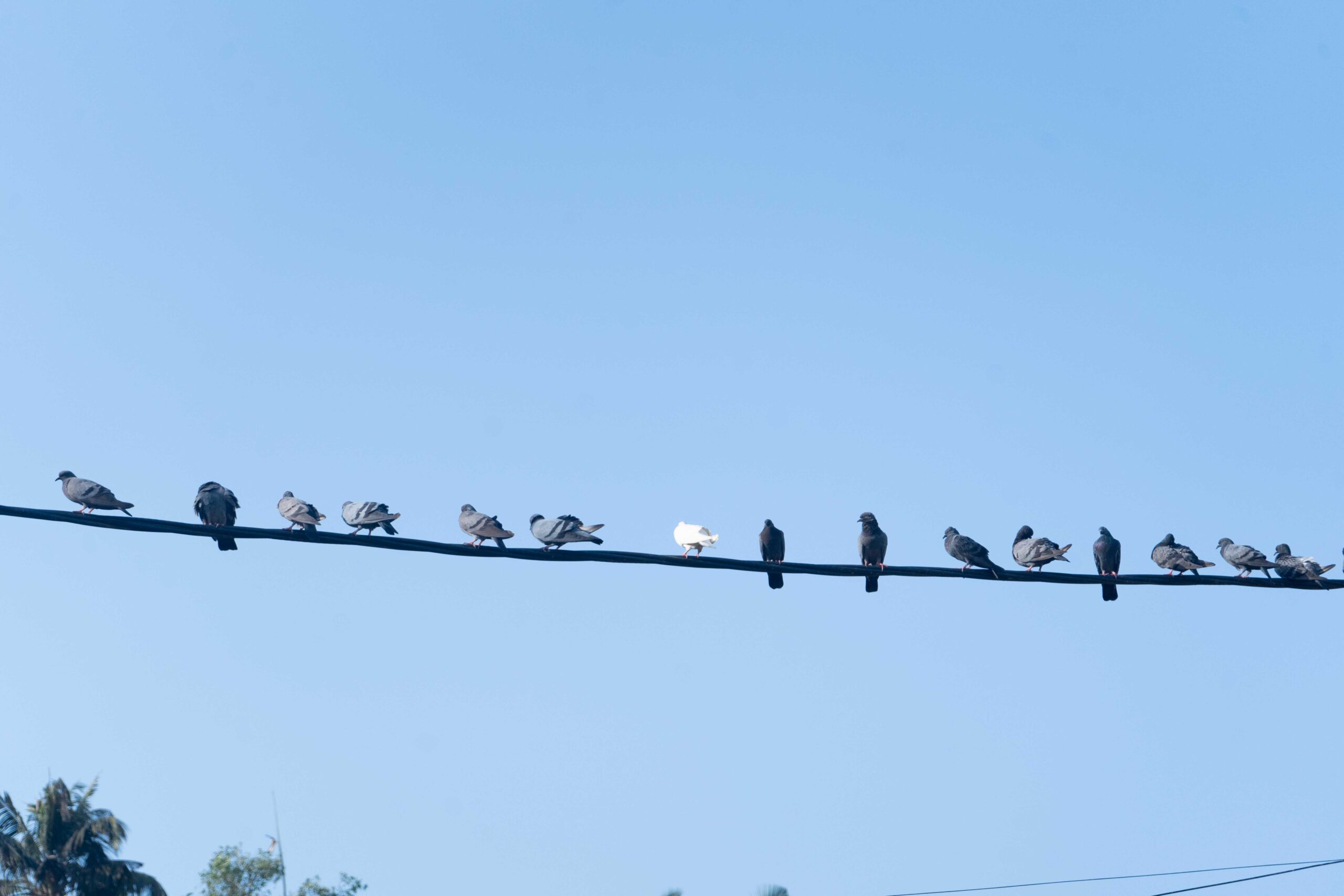
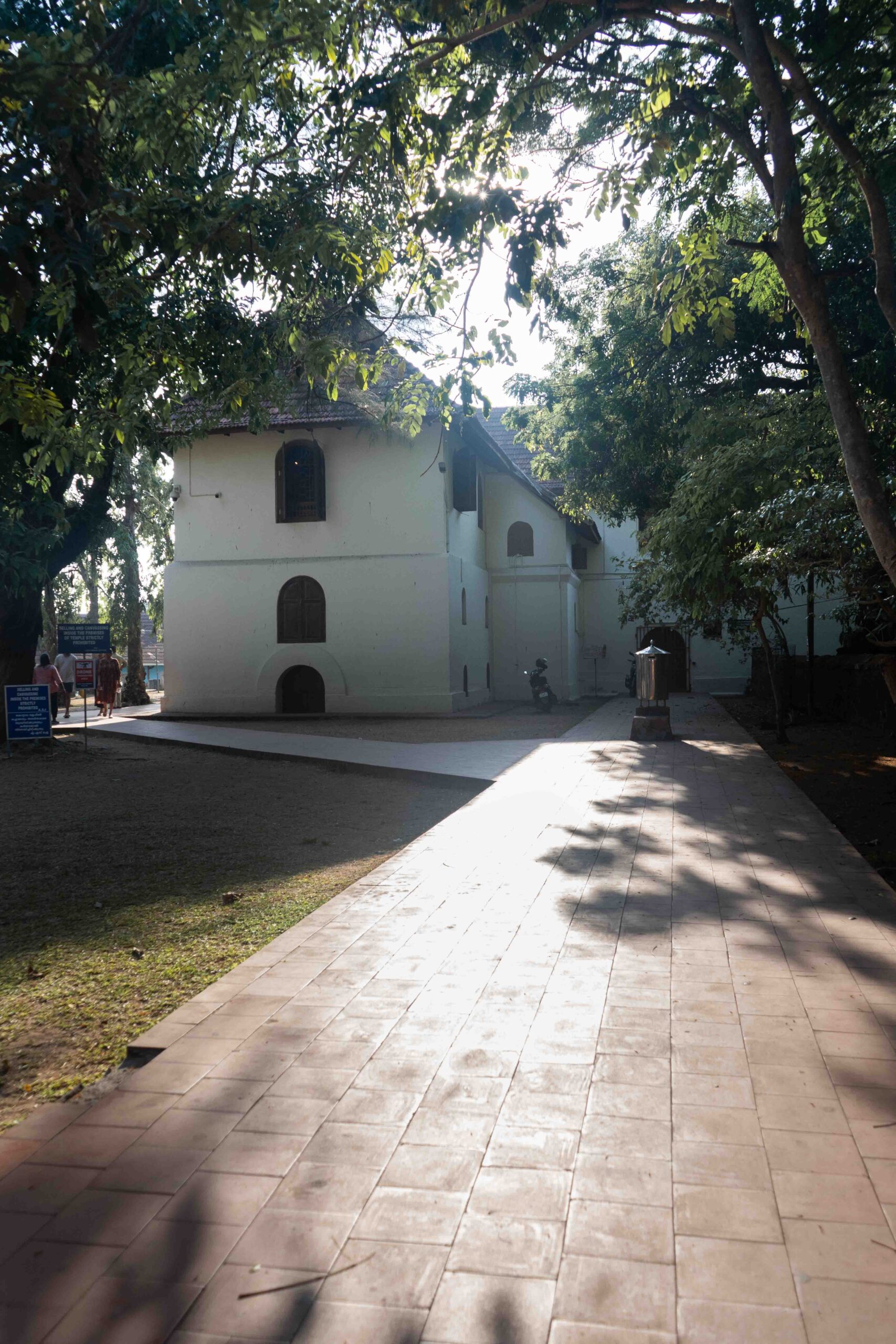
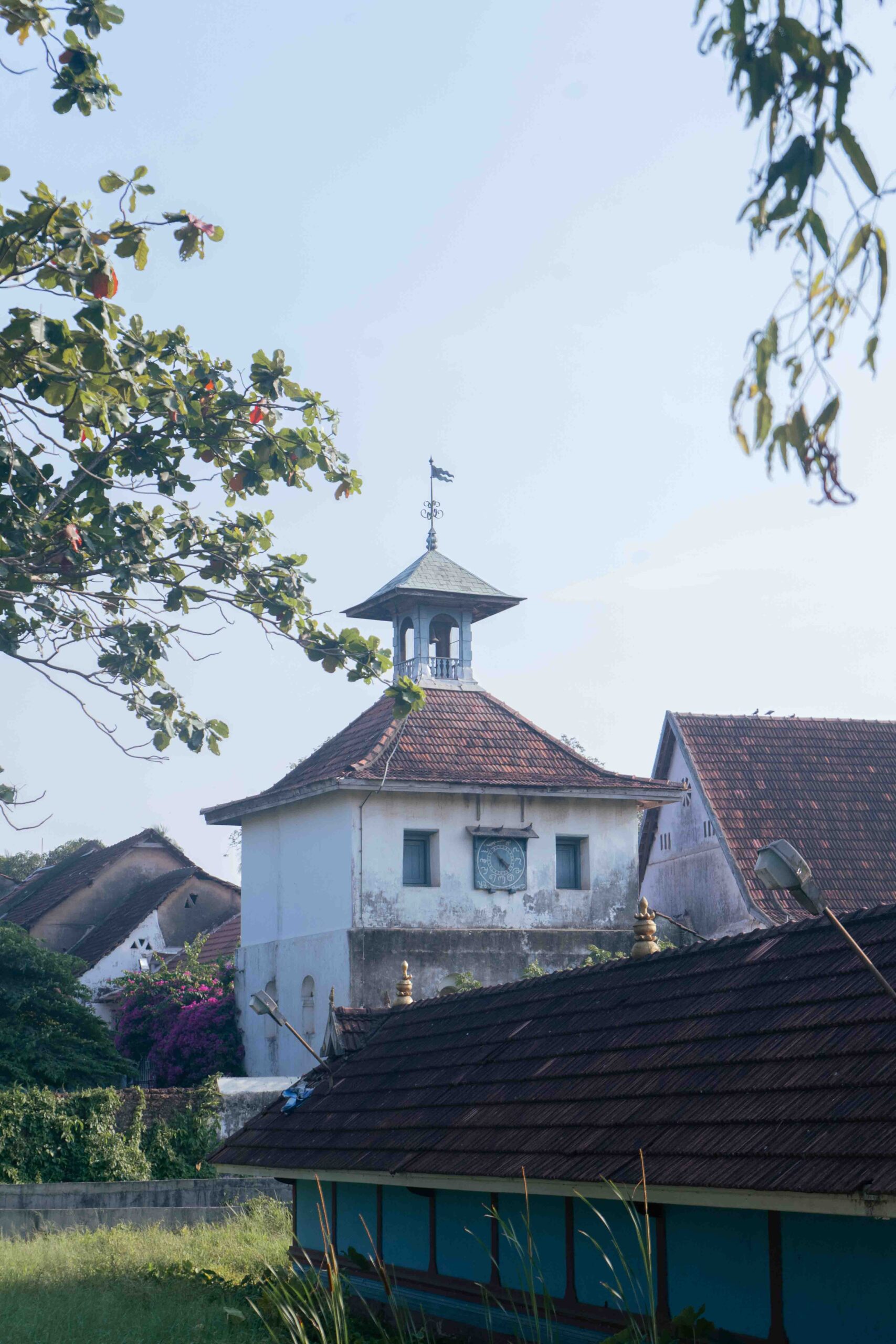
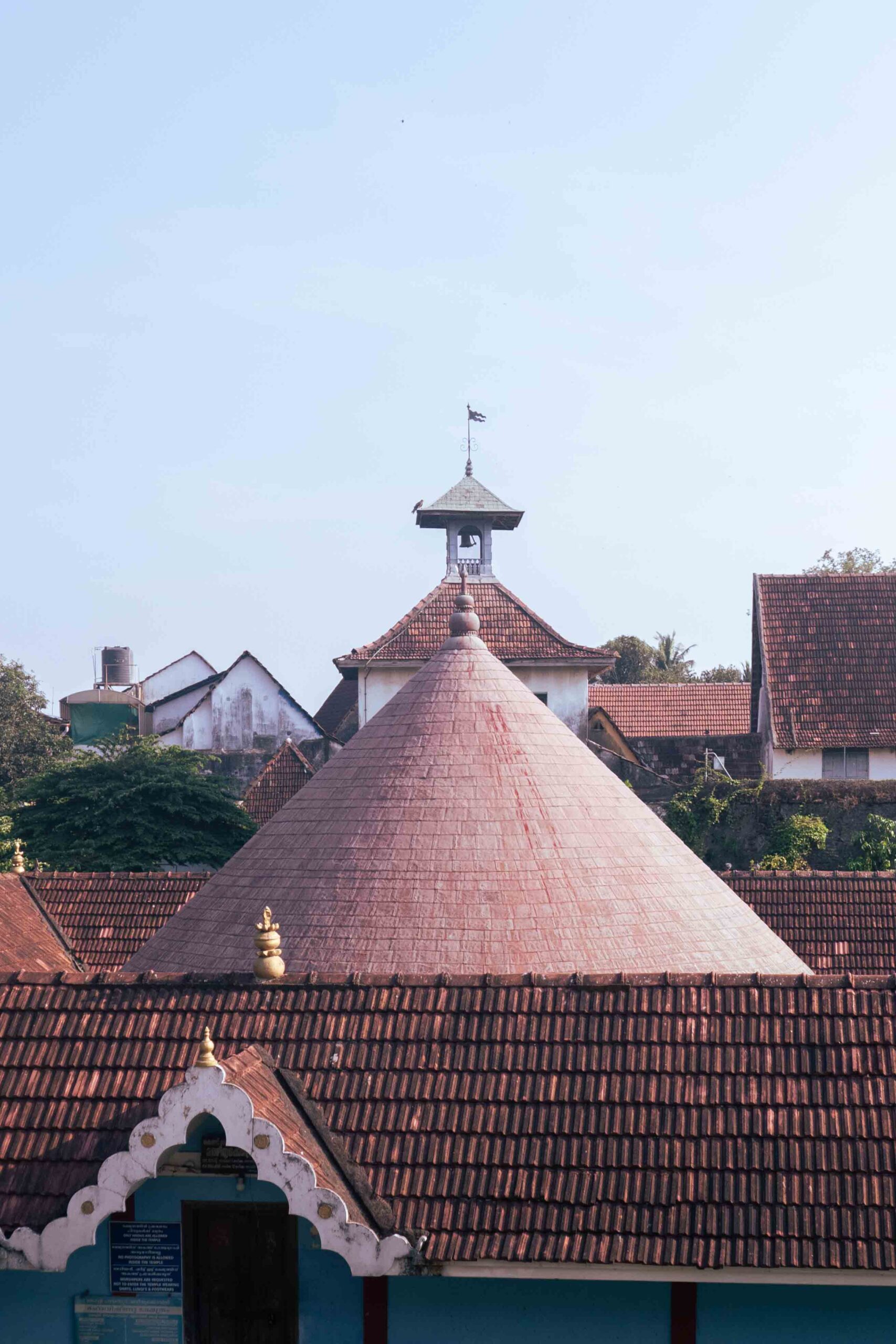

5. The Art of Storytelling: My Kathakali Experience in Fort Kochi
My evening in Fort Kochi was dedicated to watching a Kathakali performance. I had heard so much about this traditional dance form, and I knew I couldn’t leave without seeing it. It’s a classical art form from Kerala that combines drama, music, and incredible makeup.
The show started with the artists applying their elaborate makeup, which was a performance in itself. I was amazed at the patience and detail that went into it. The colors and patterns on the face are a key part of the storytelling, representing the character’s personality and emotions.
Before the main show began, a person came out to demonstrate the act. He explained what the different hand gestures, facial expressions, and body movements meant. It was so helpful because it gave everyone a way to understand the stories the dancers were telling. It made the whole experience so much richer.
Once the performance began, I was completely captivated. The dancers didn’t speak; they communicated entirely through their movements. The music and the drumming were perfect, setting the mood for every scene, whether it was a powerful battle or a moment of deep sadness.
Watching Kathakali was an incredible experience. It felt like I was witnessing a piece of living history, a tradition that has been passed down for centuries.
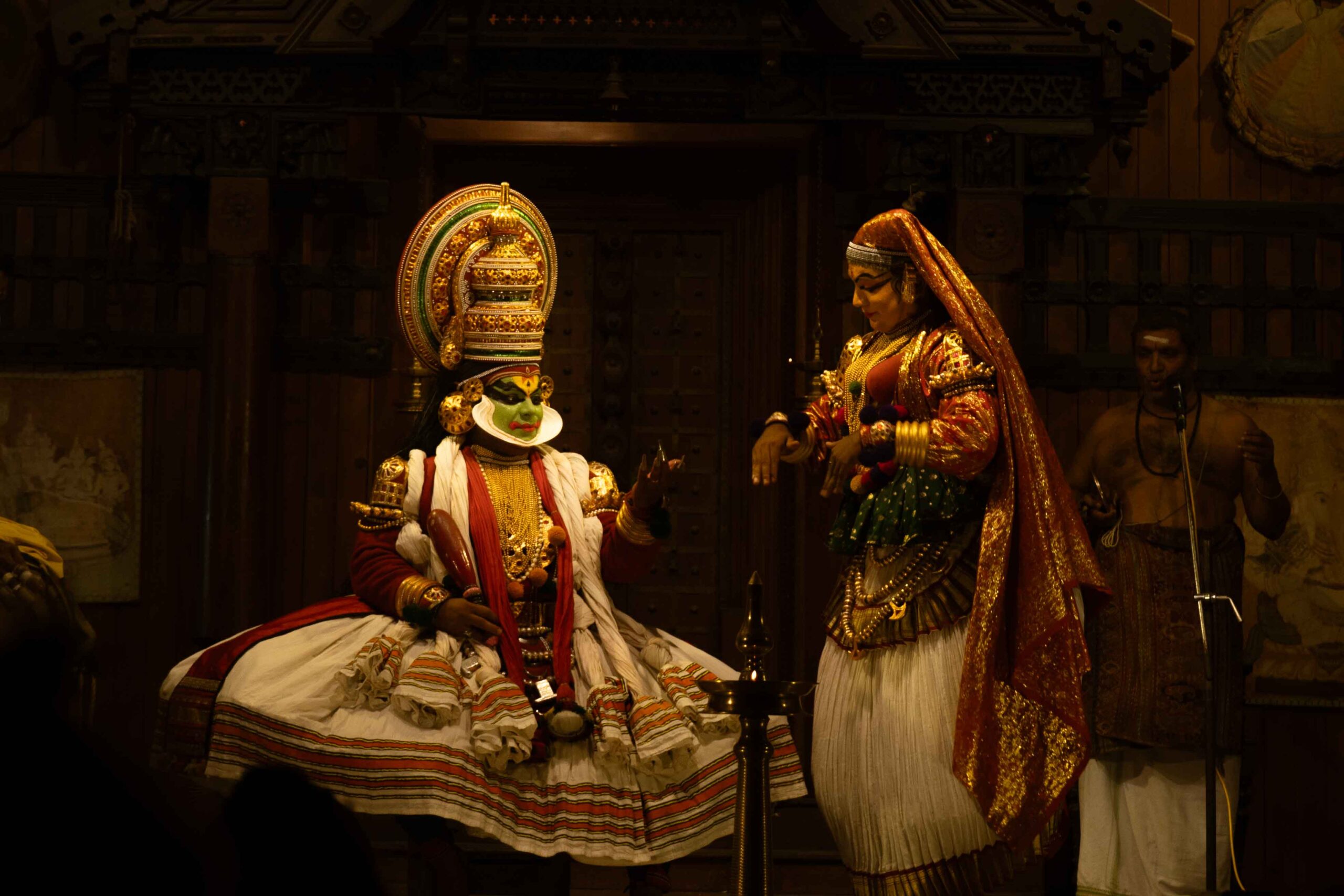
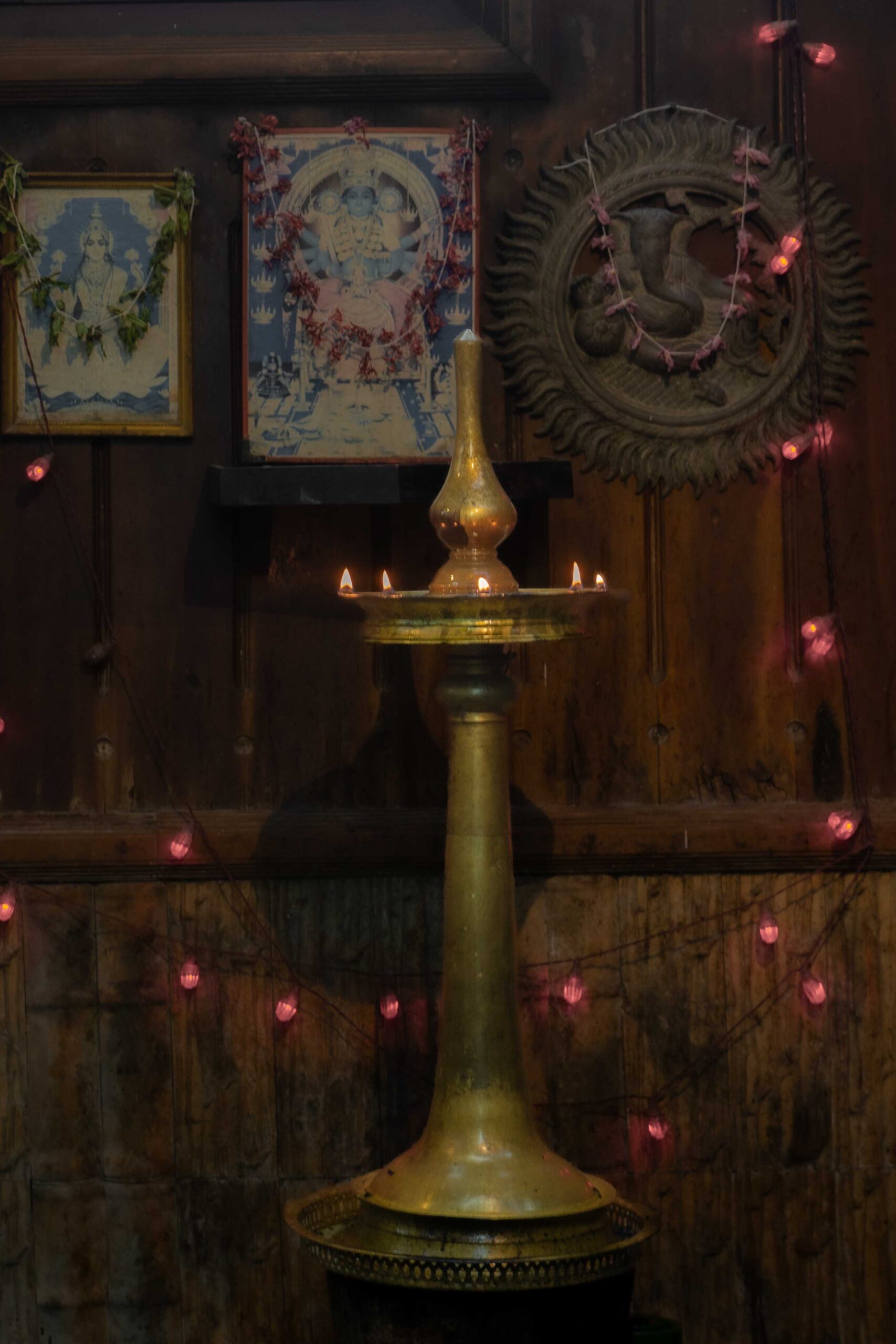
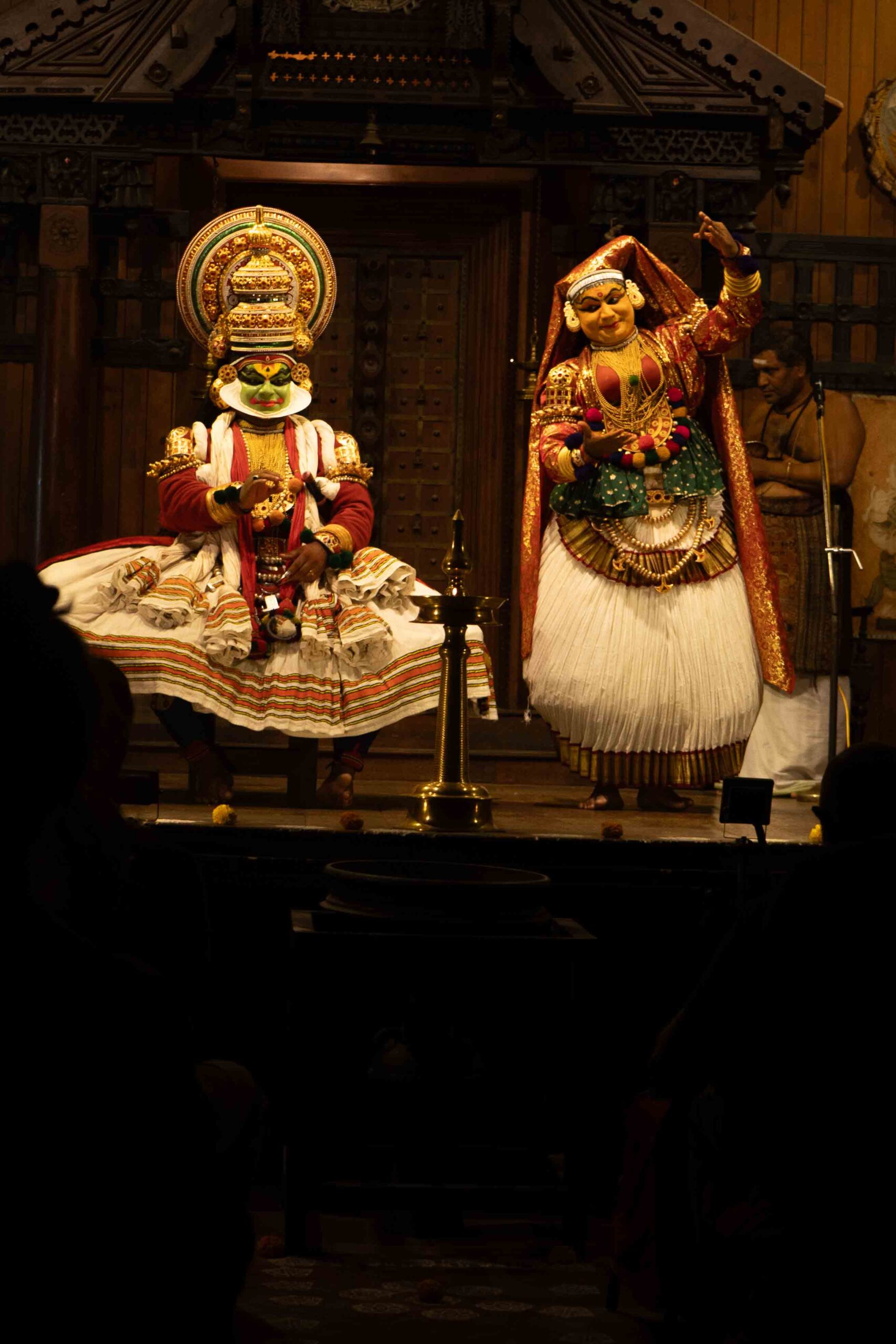
support us on youtube
hi are you on Pinterest? consider pinning our article so that you can find it easyly
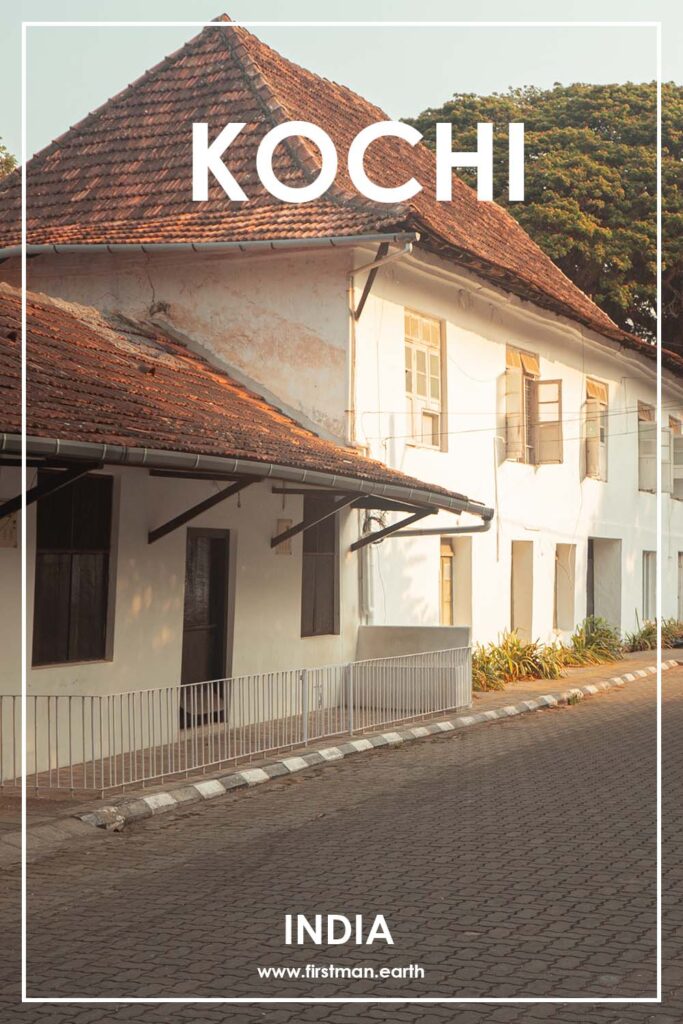
this is my travel through the back waters of kerala
thank you
Rahul



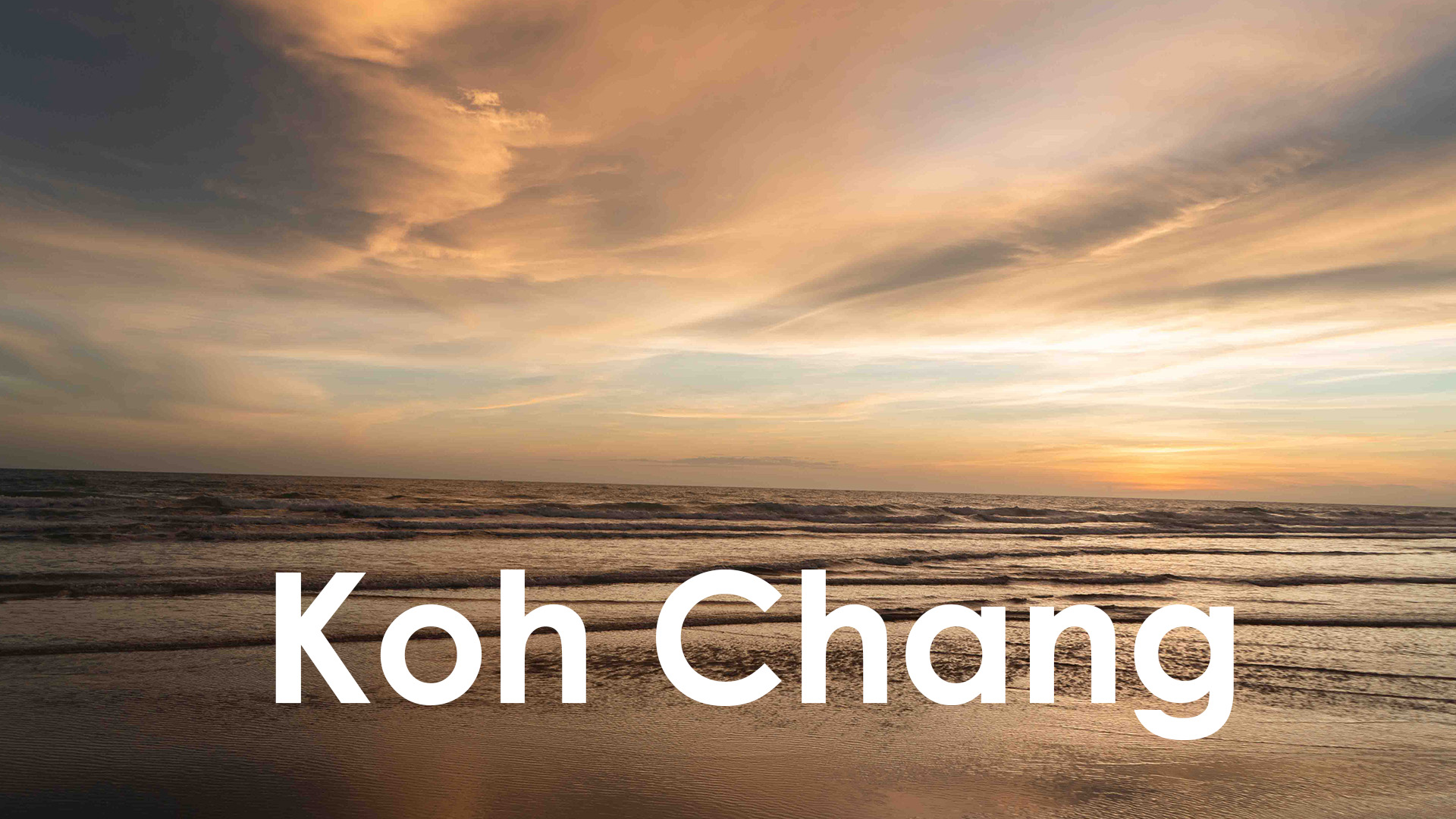
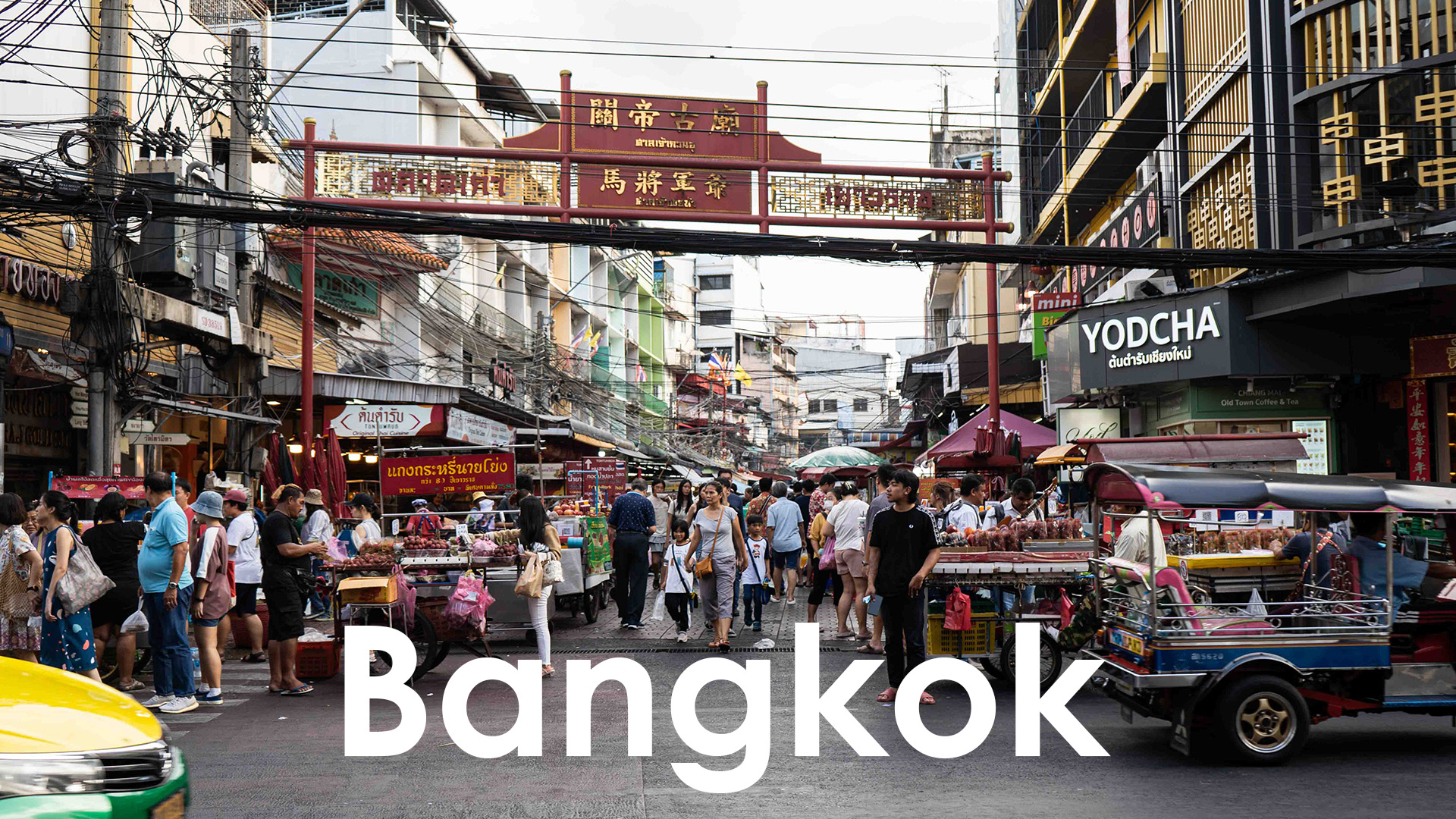
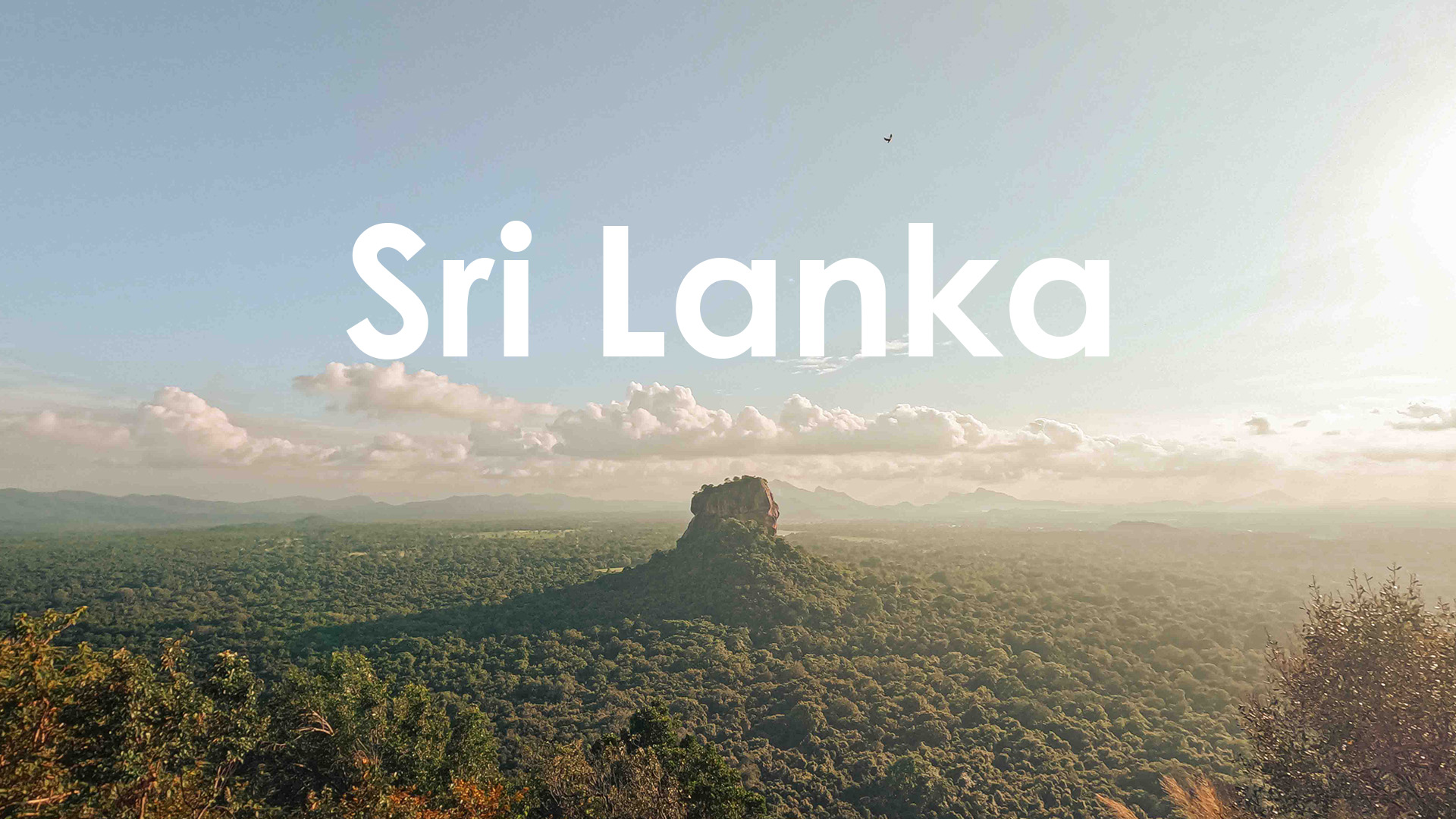
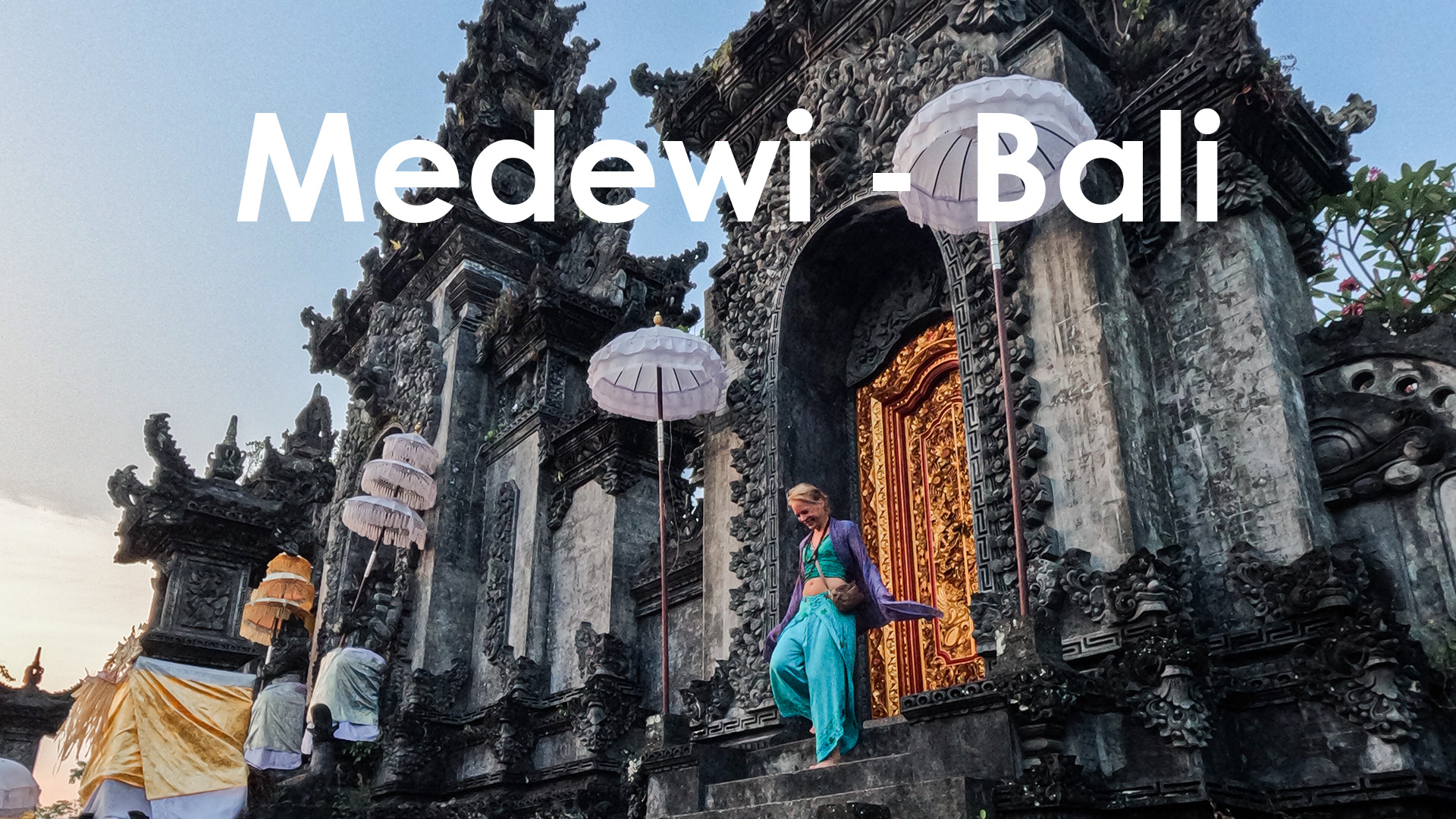
Rahul KL
nice article about kochi